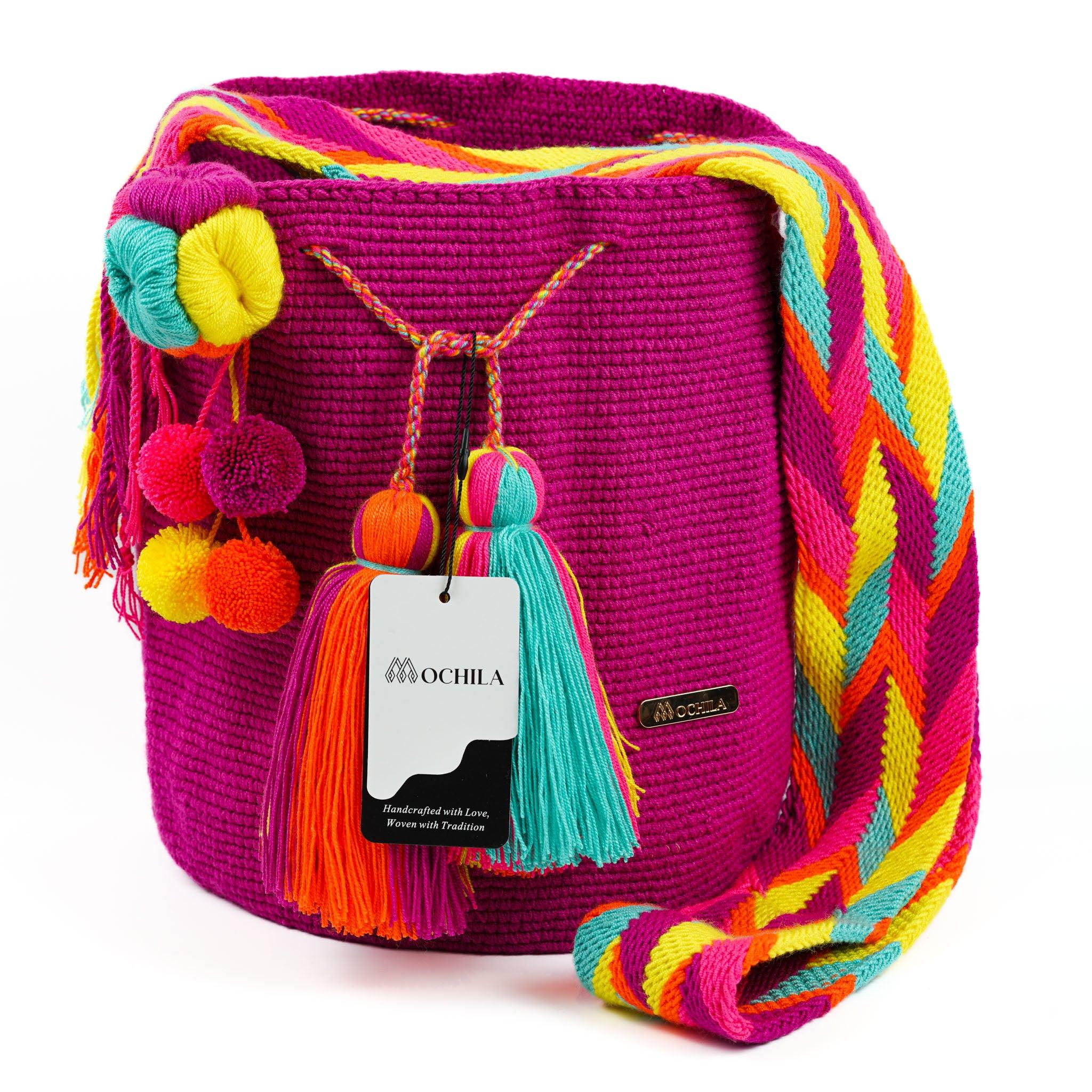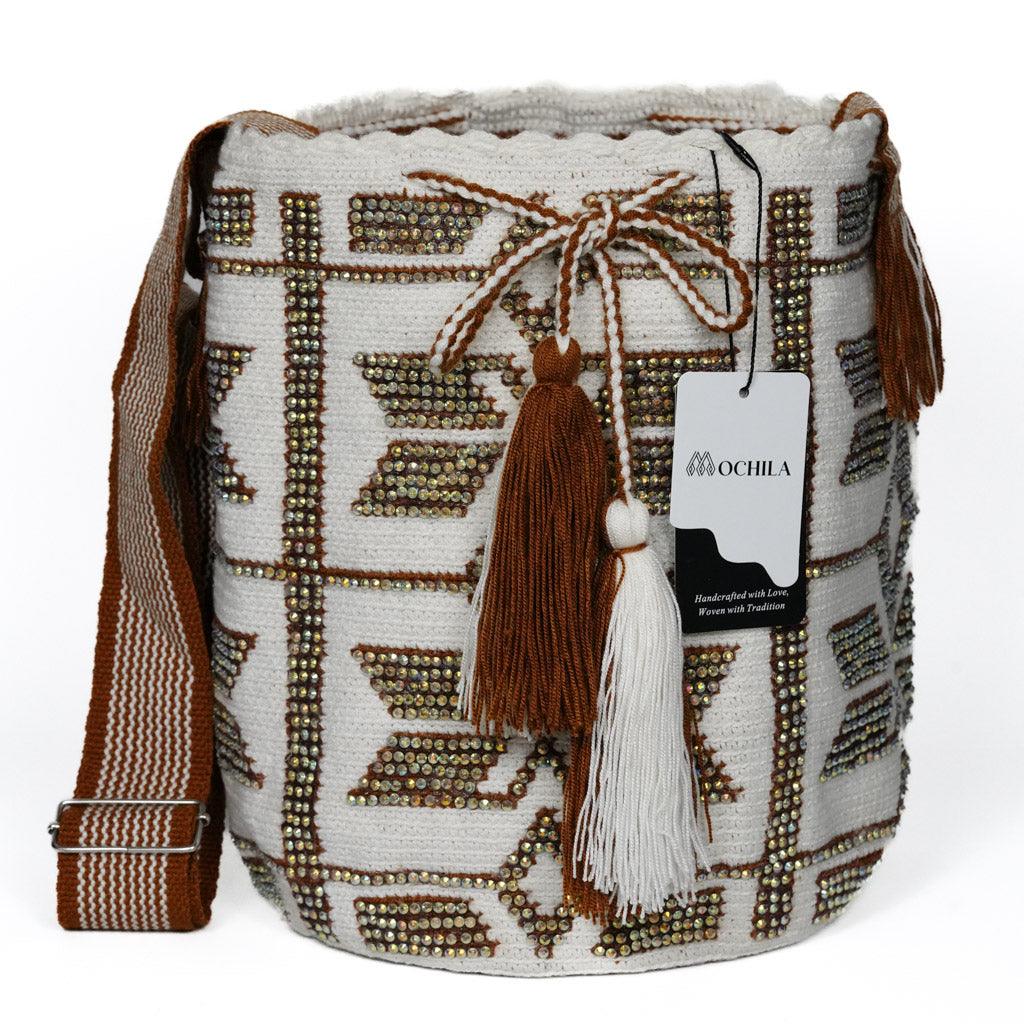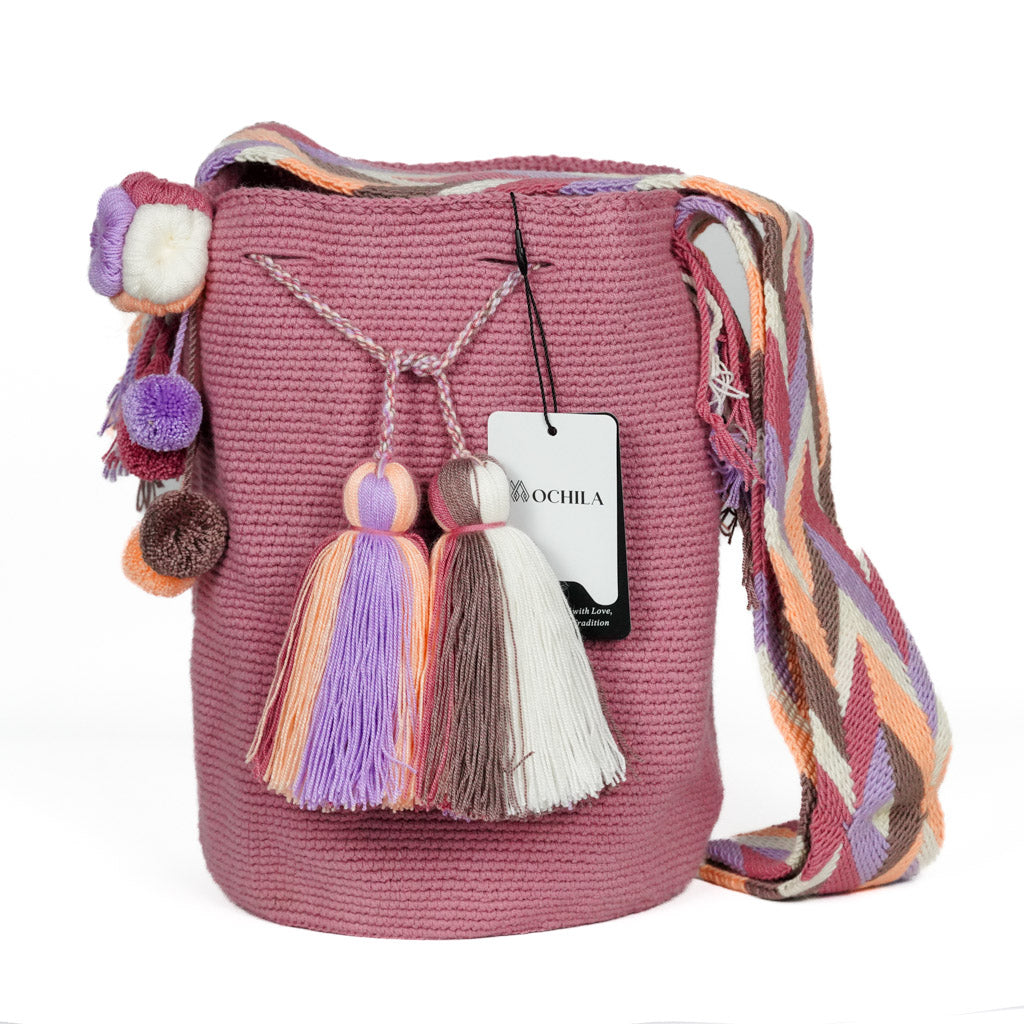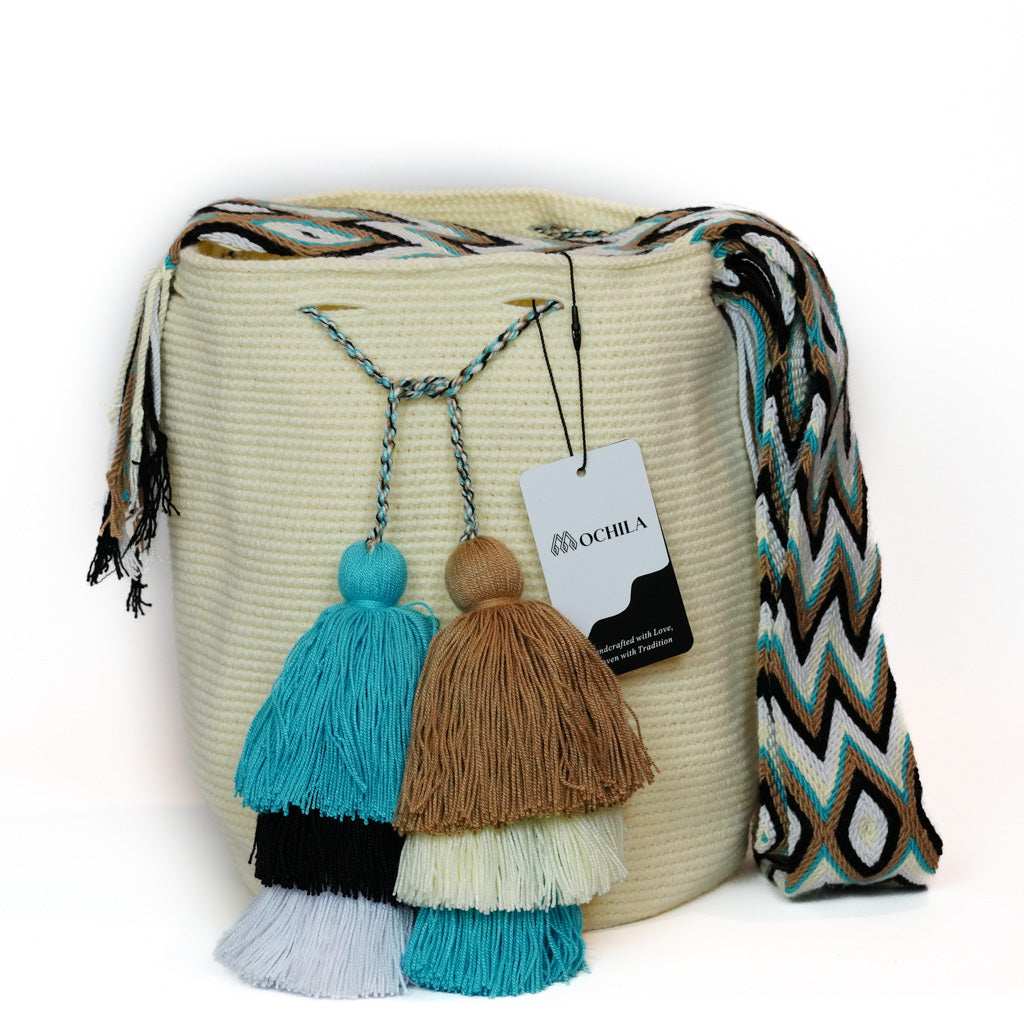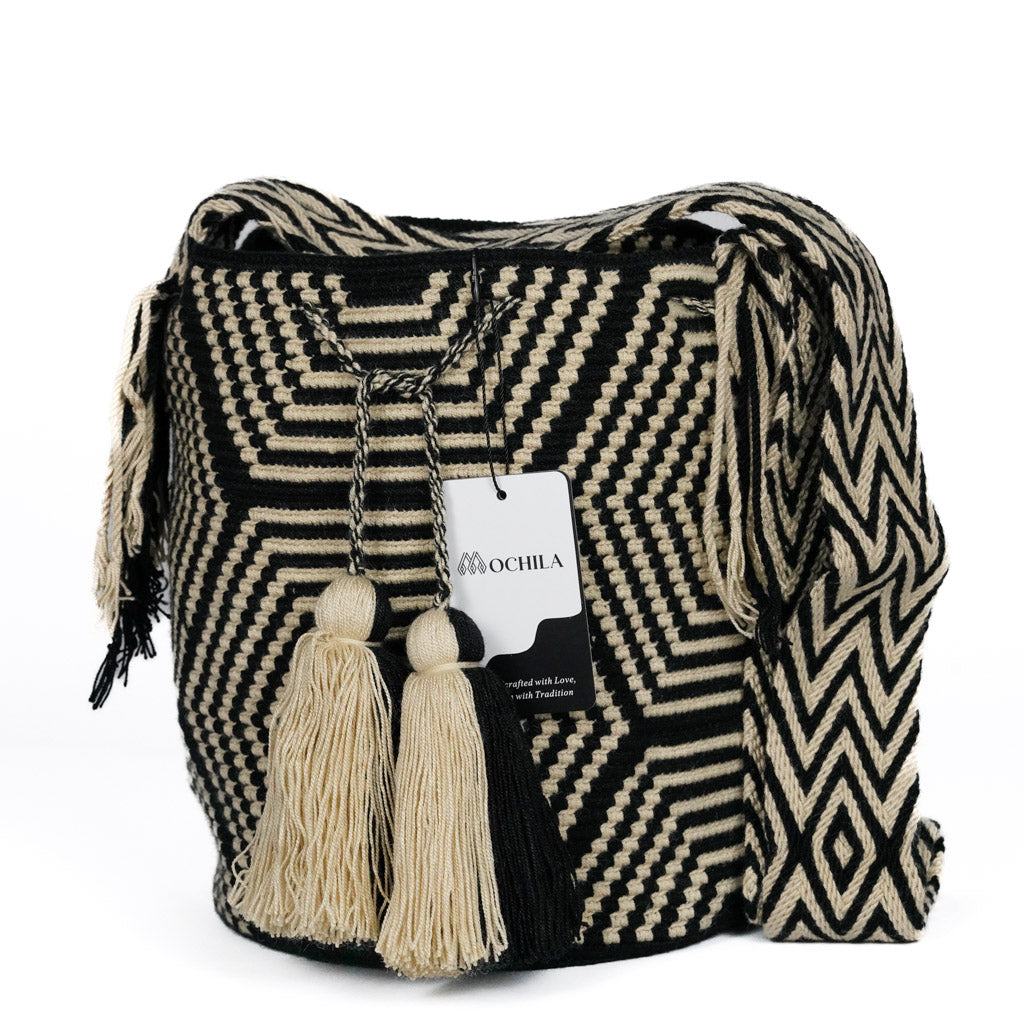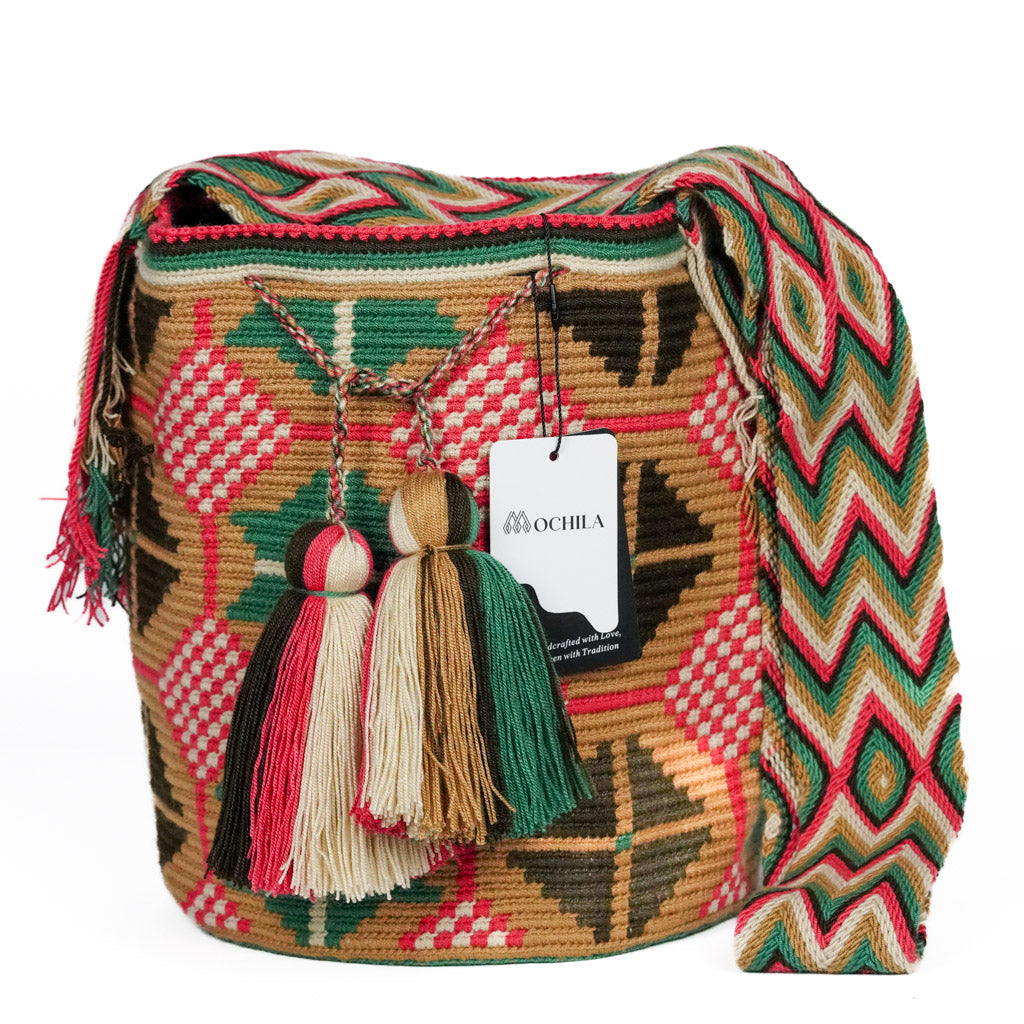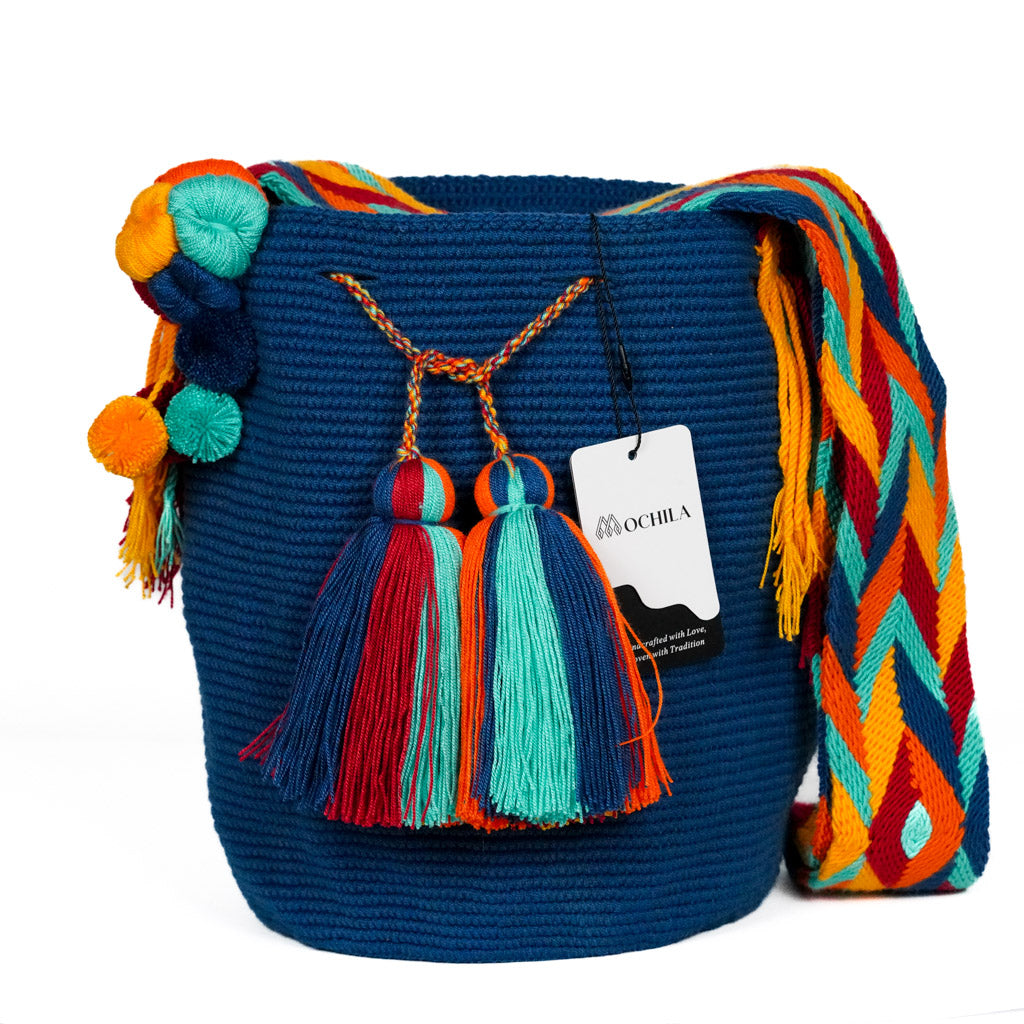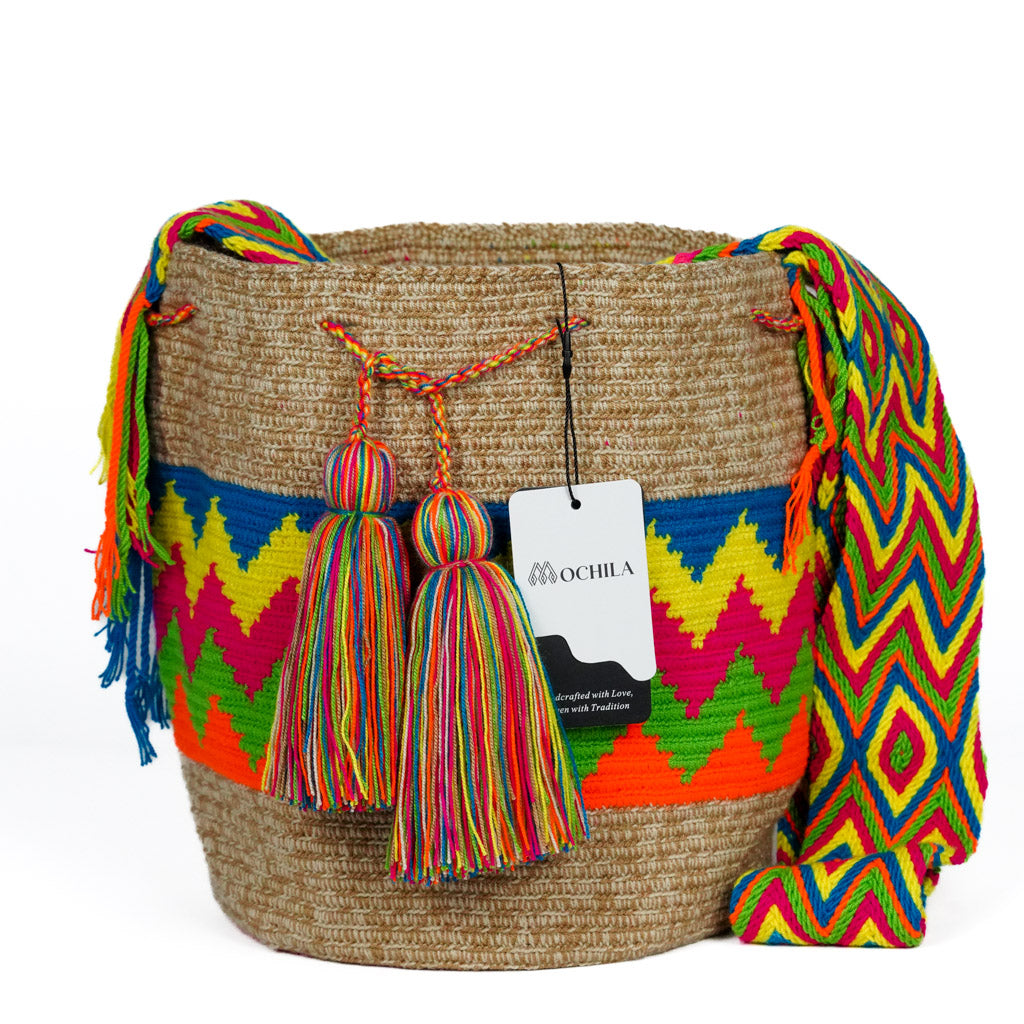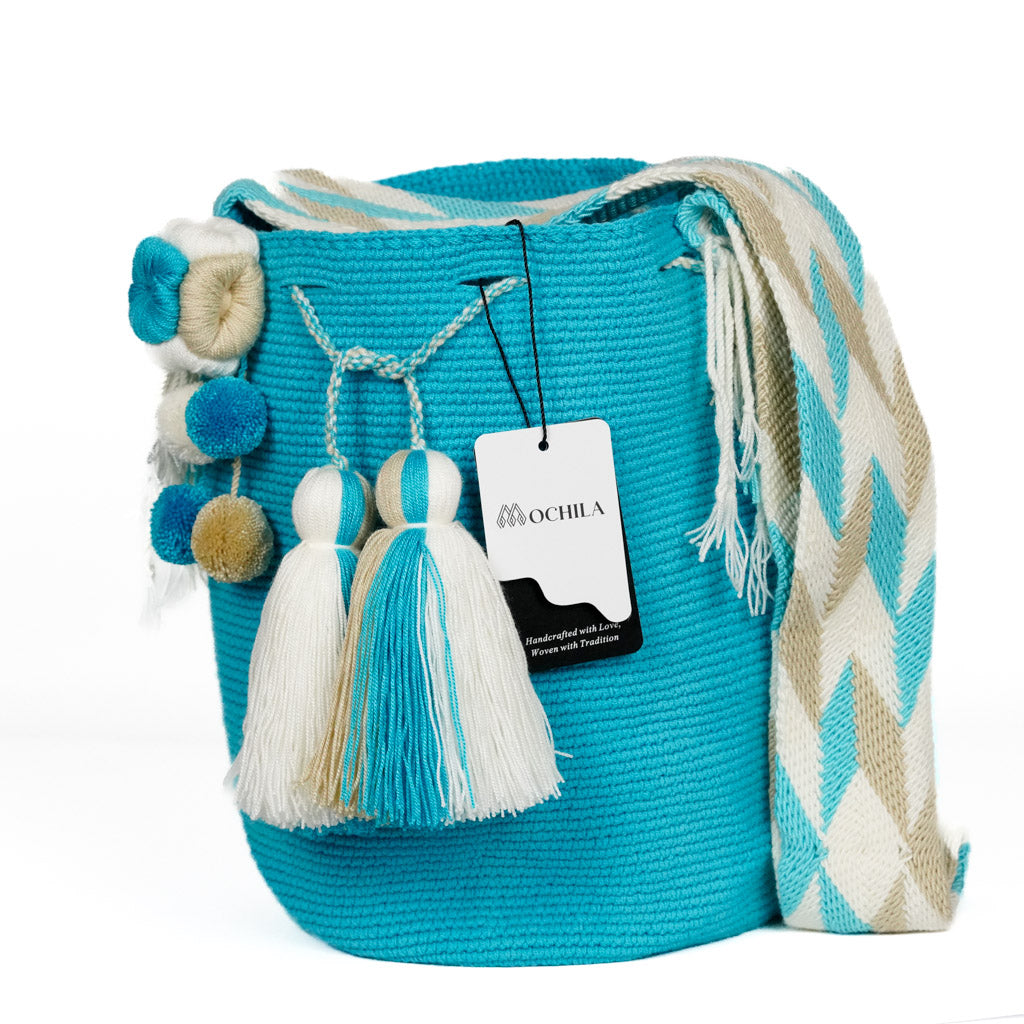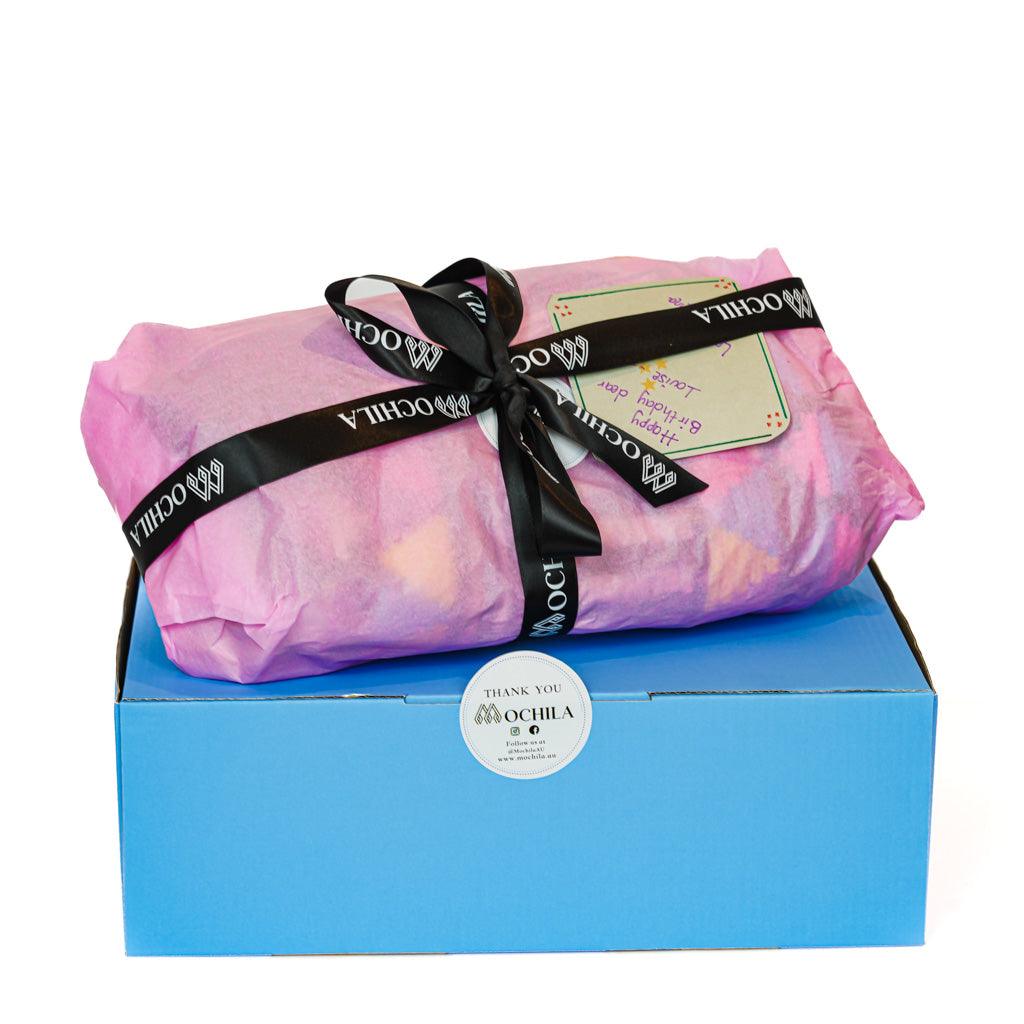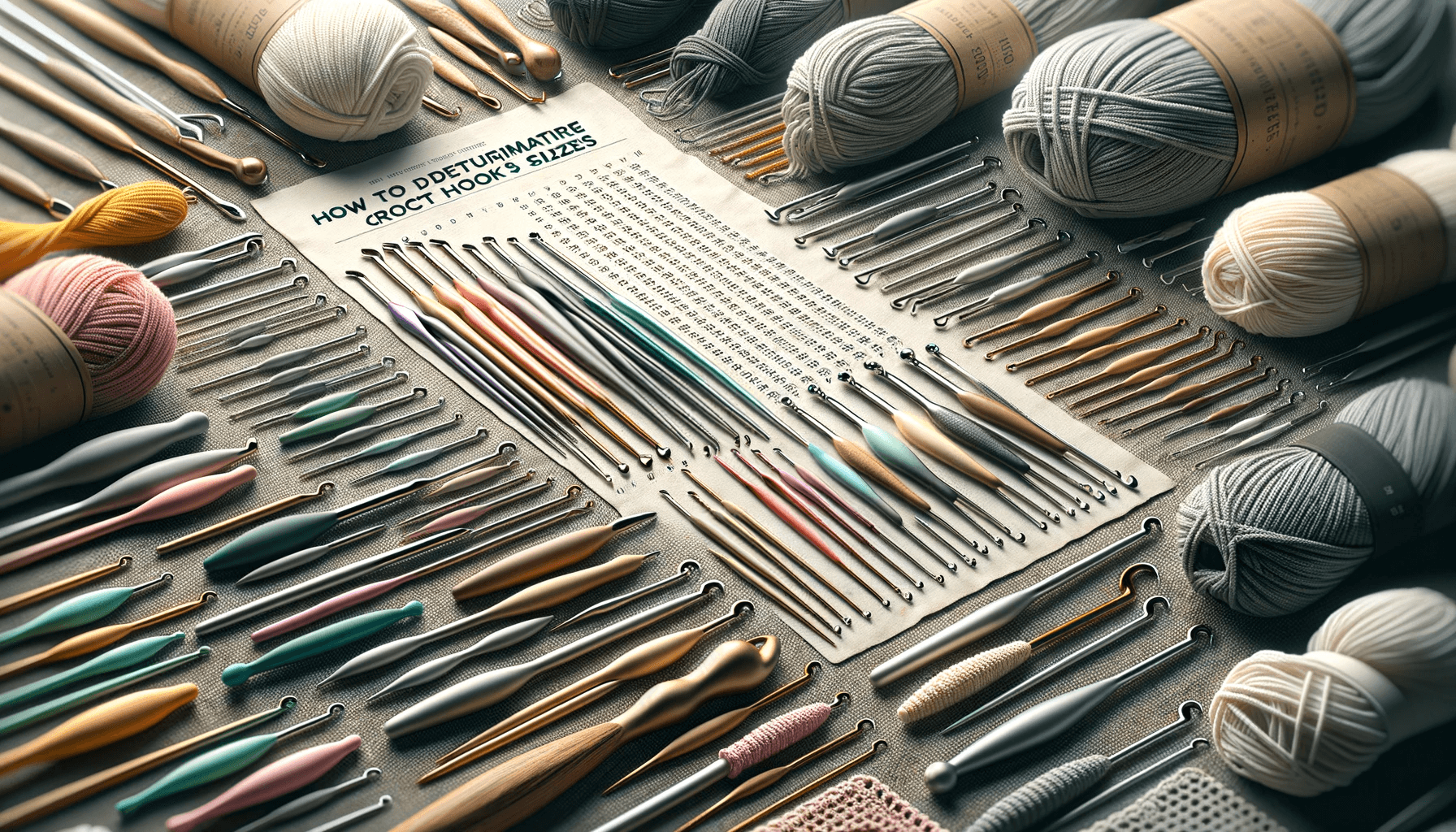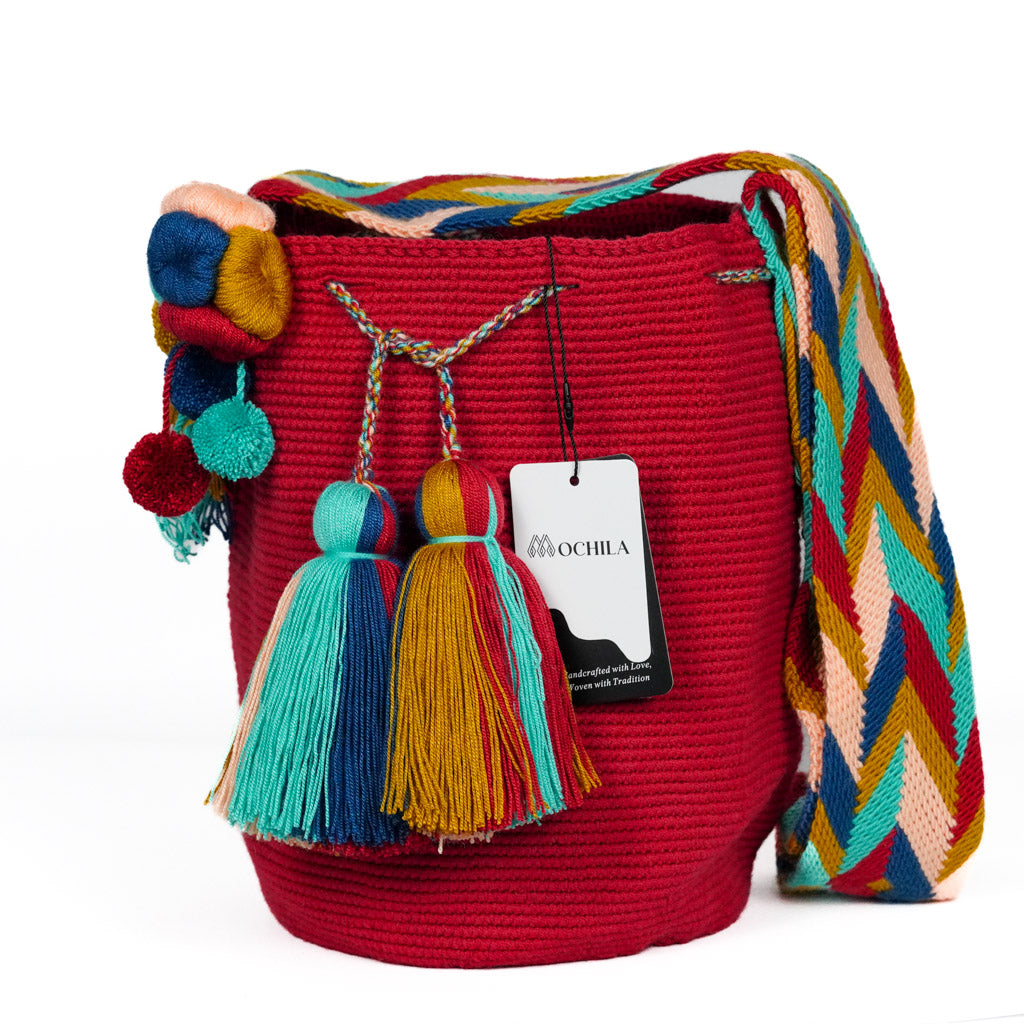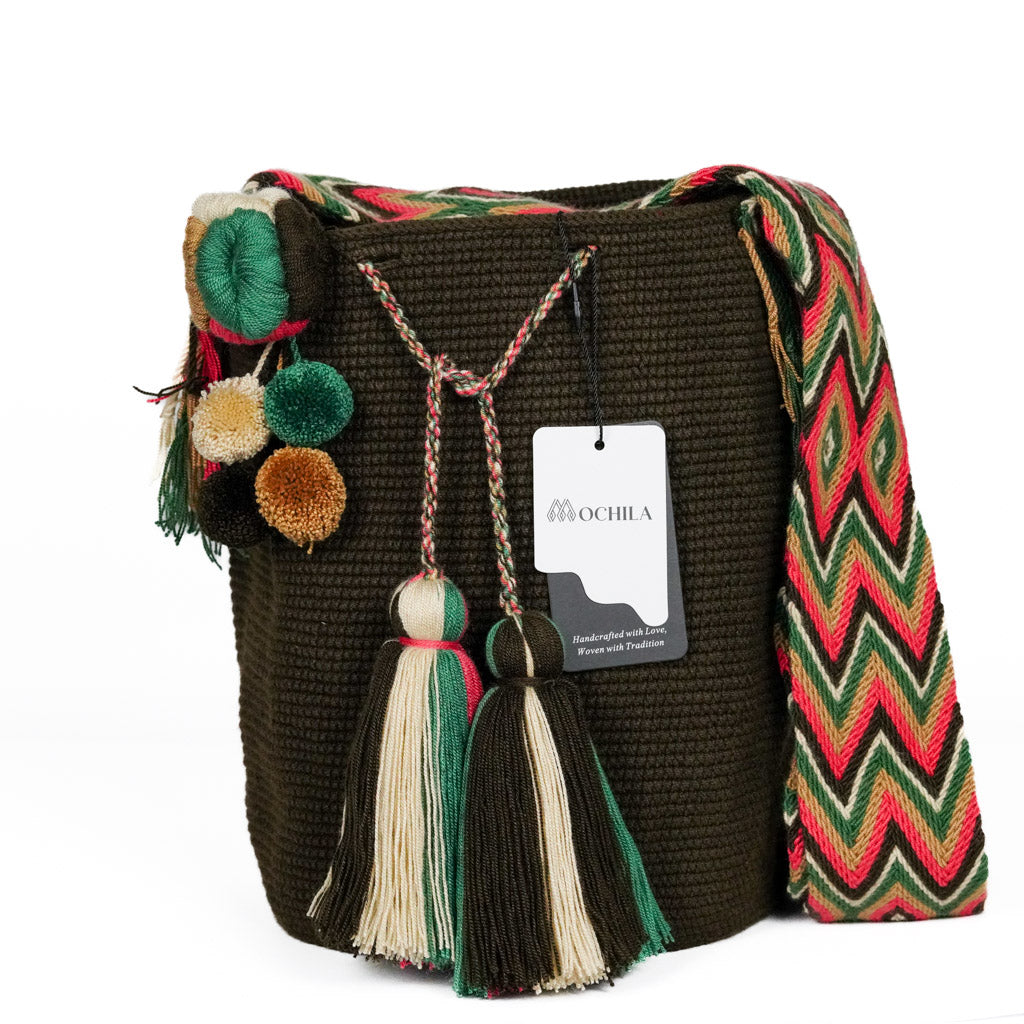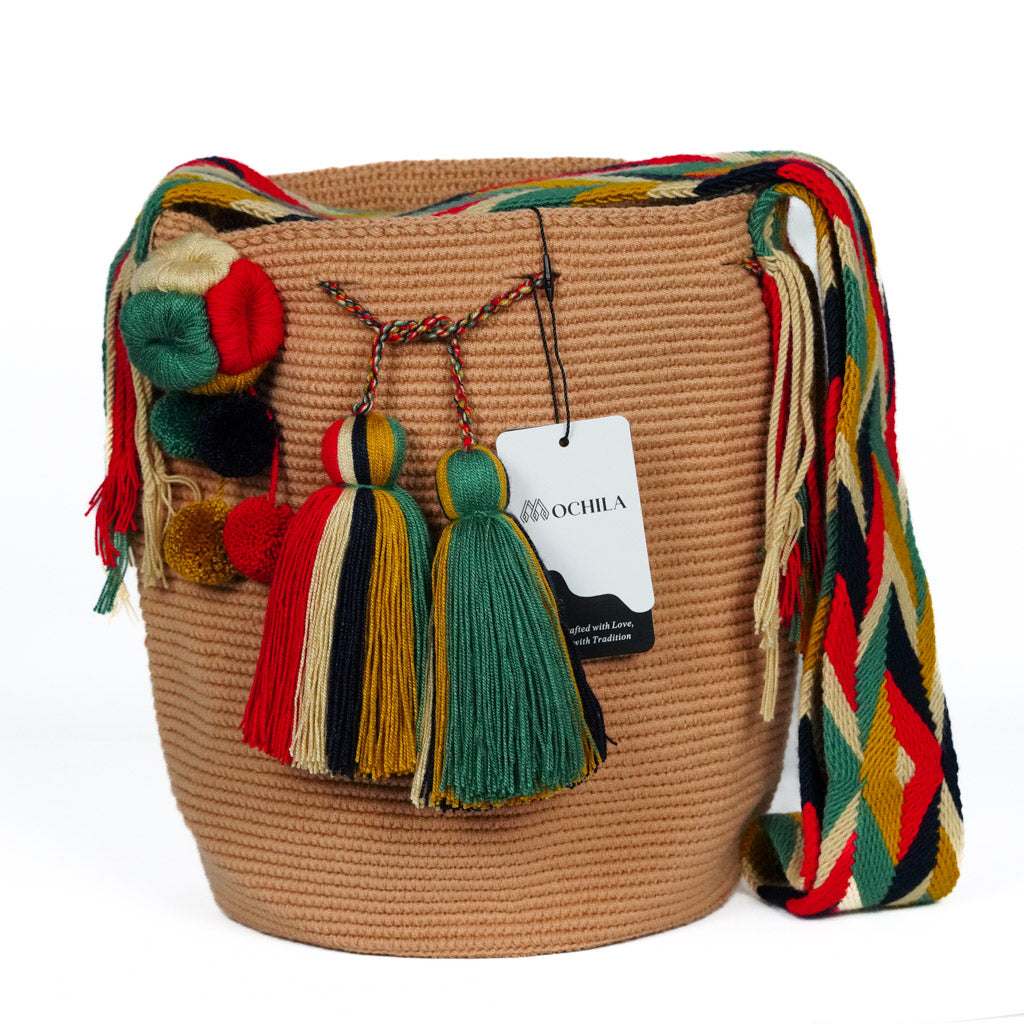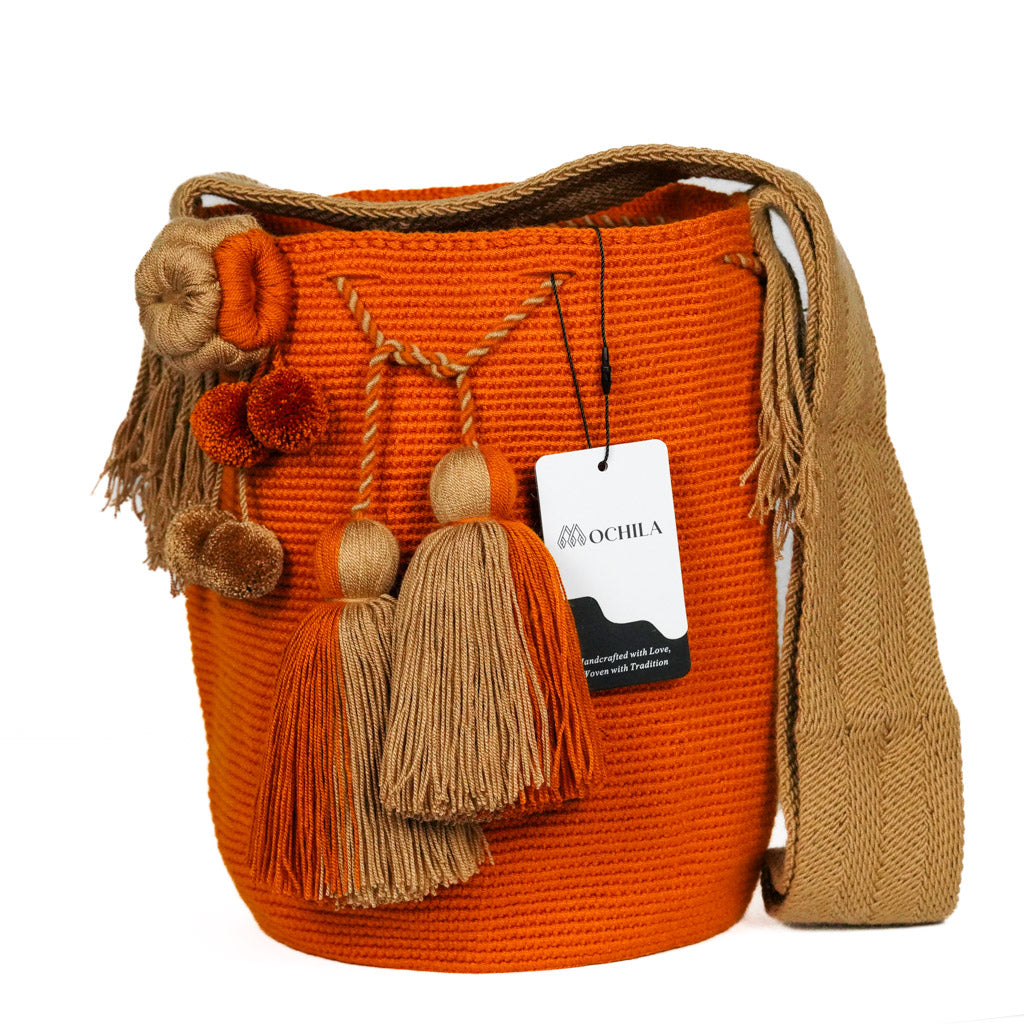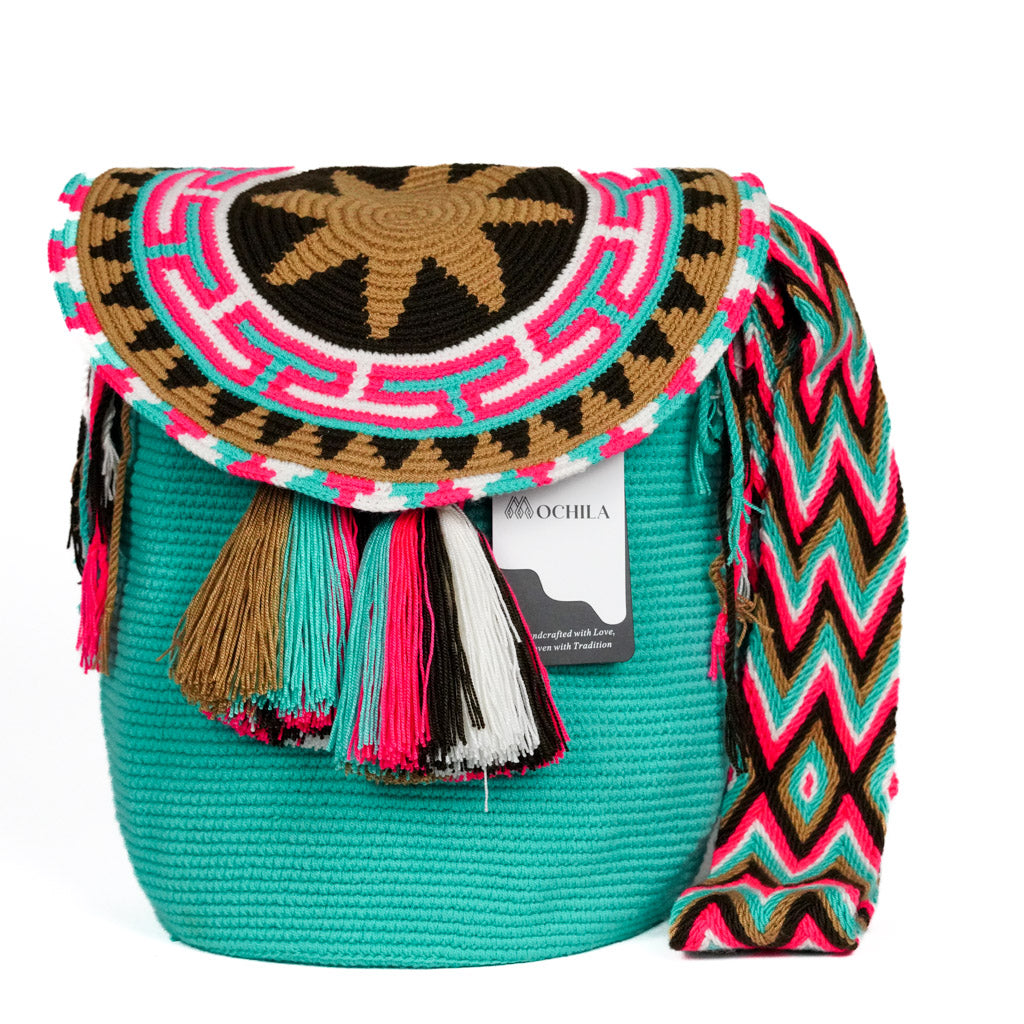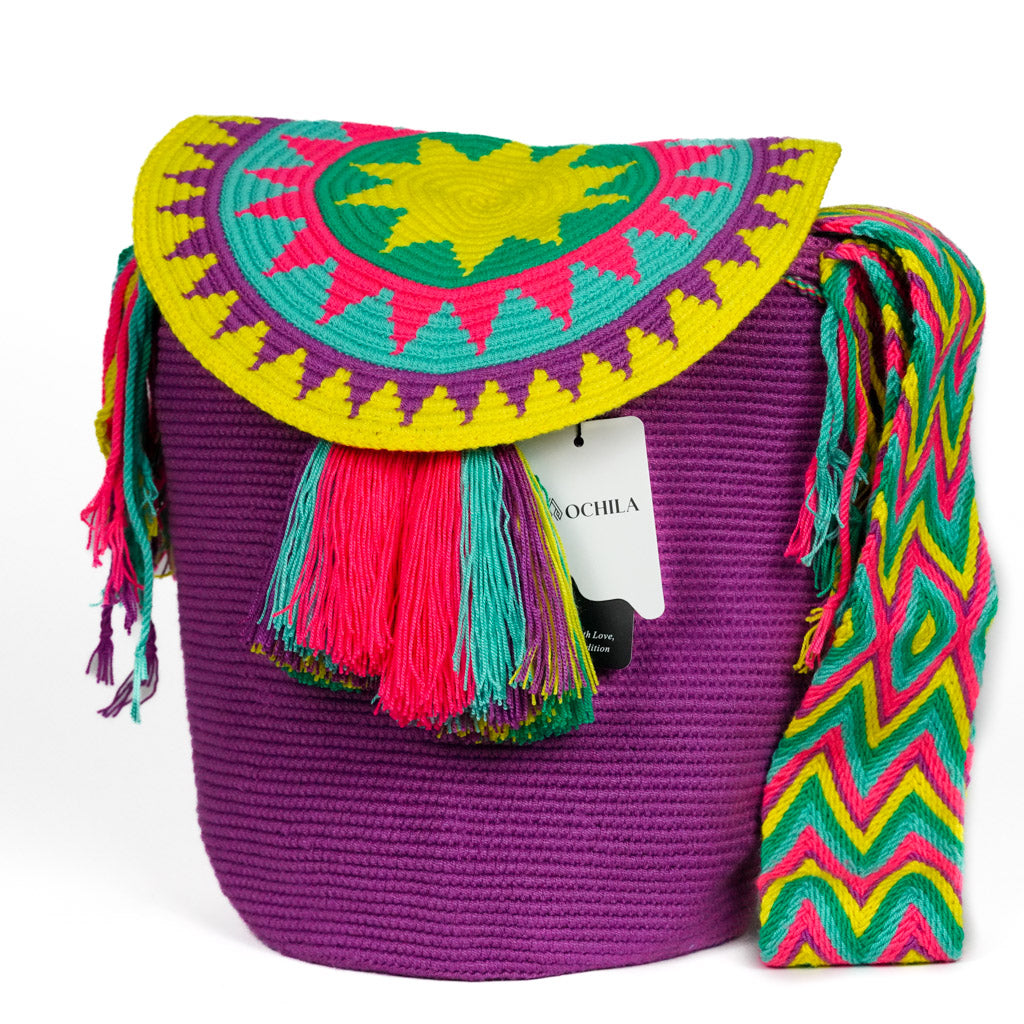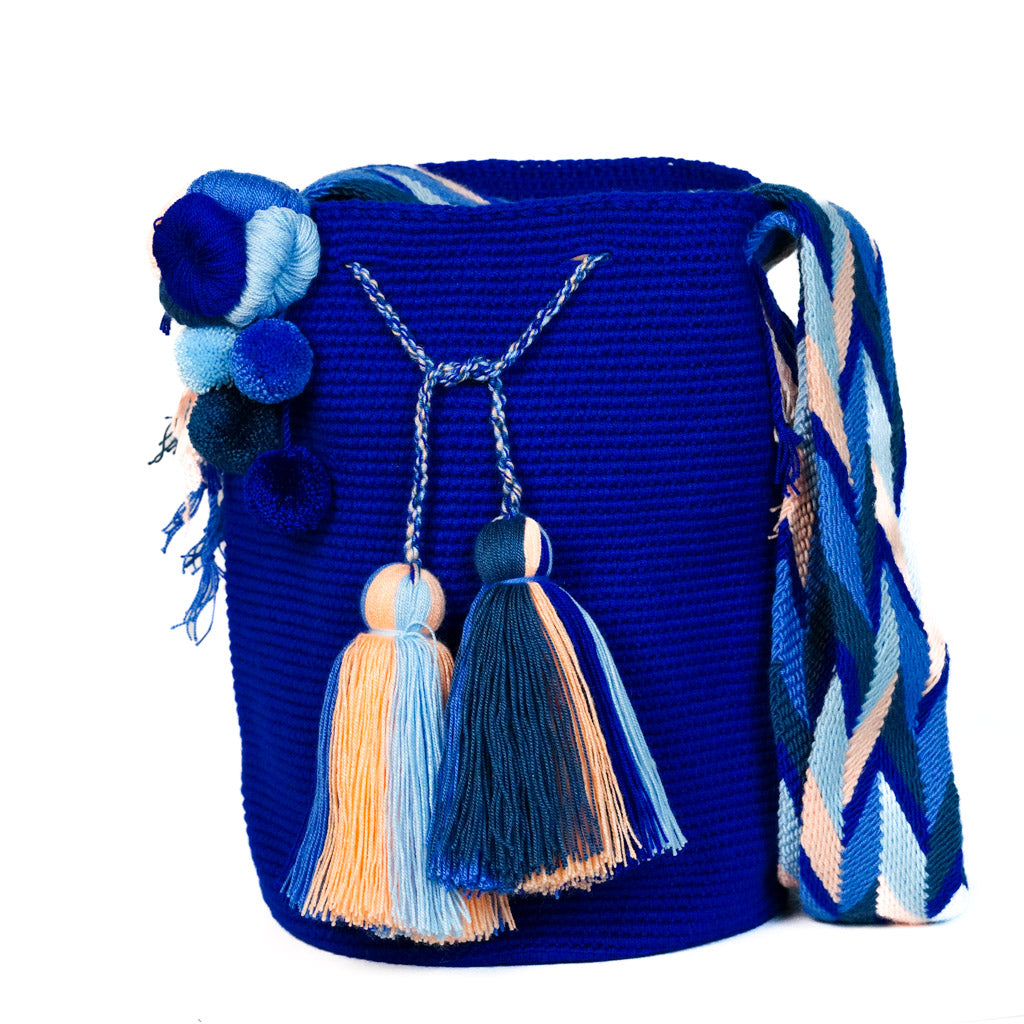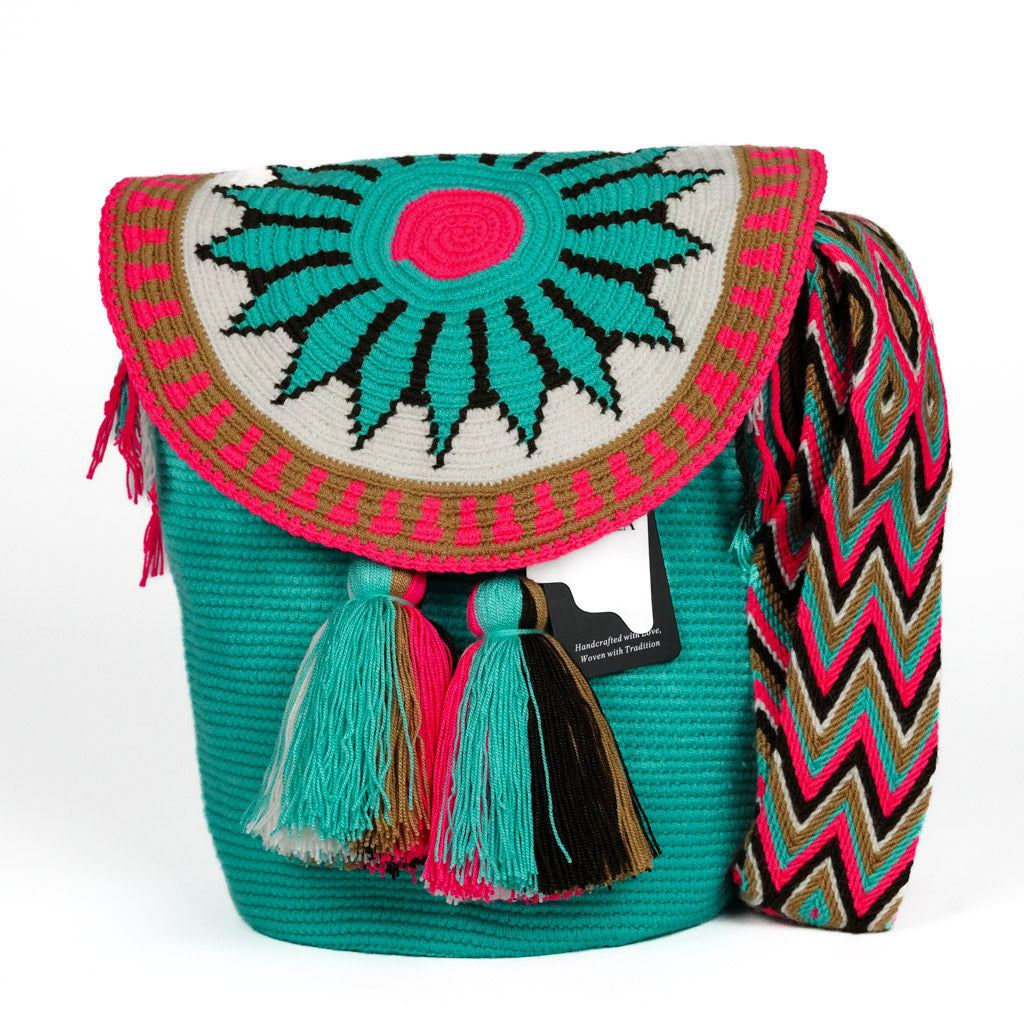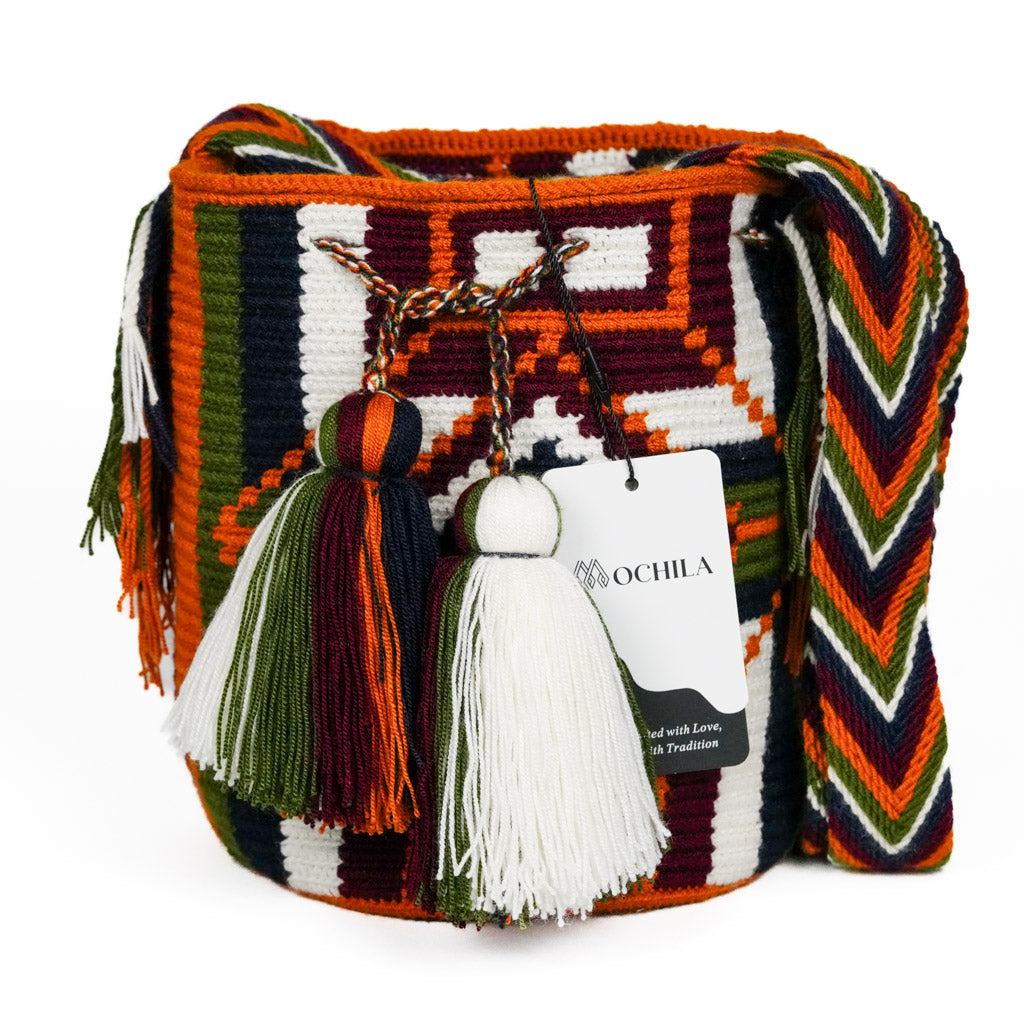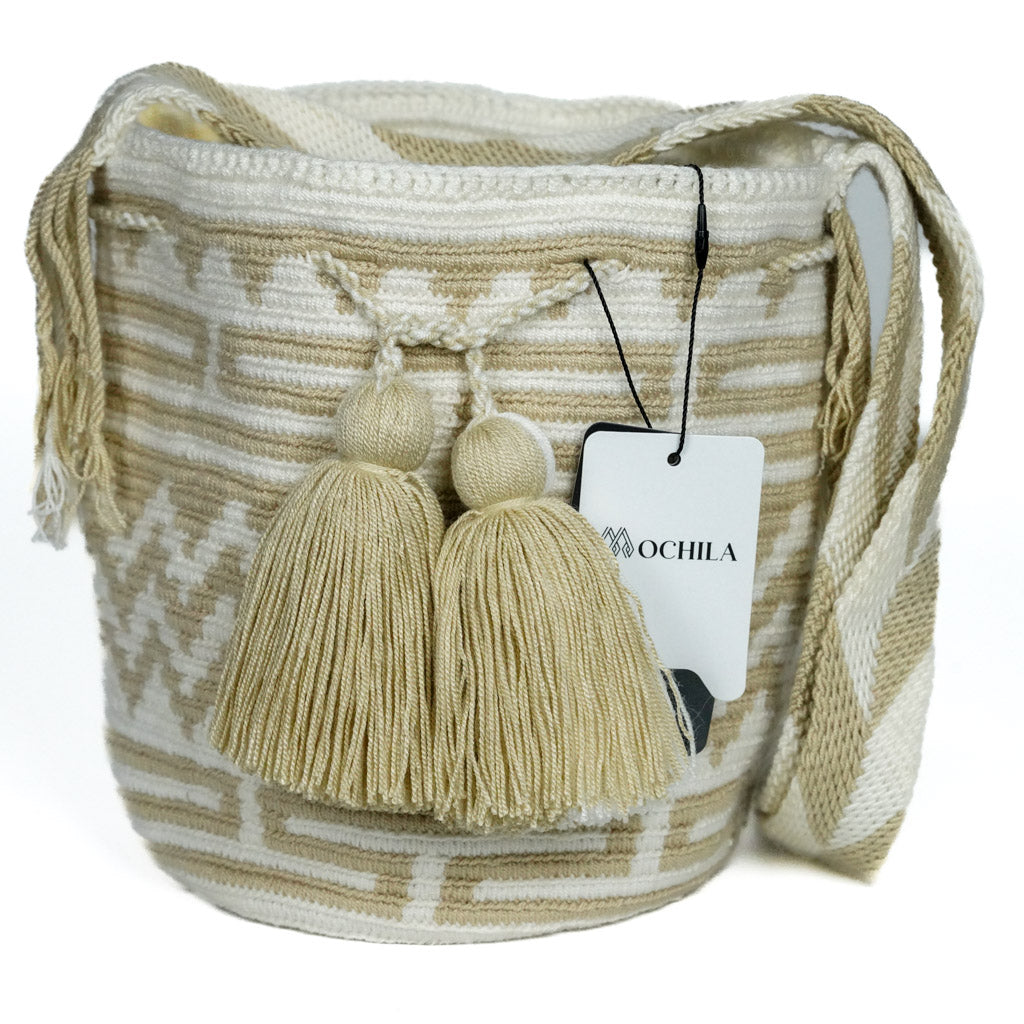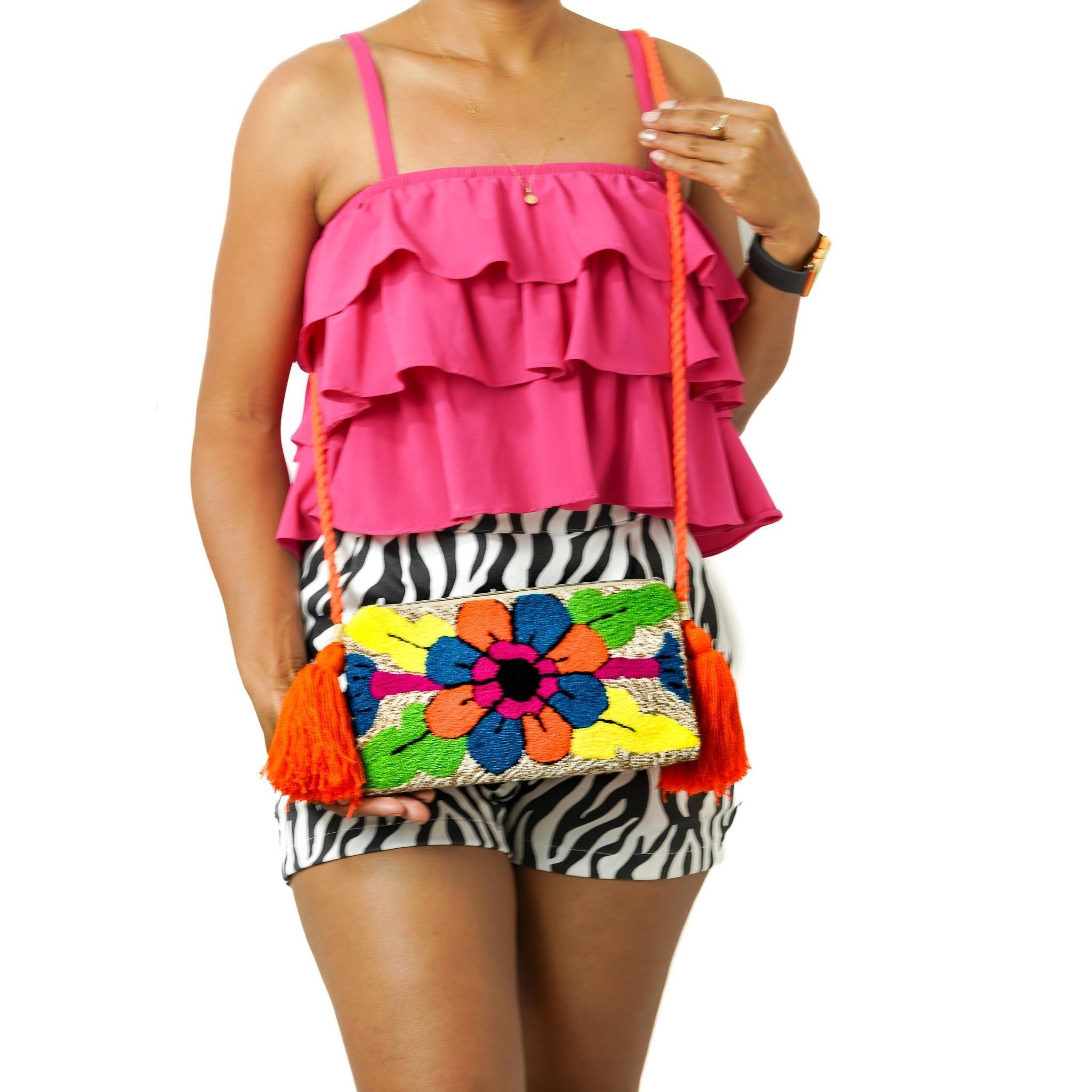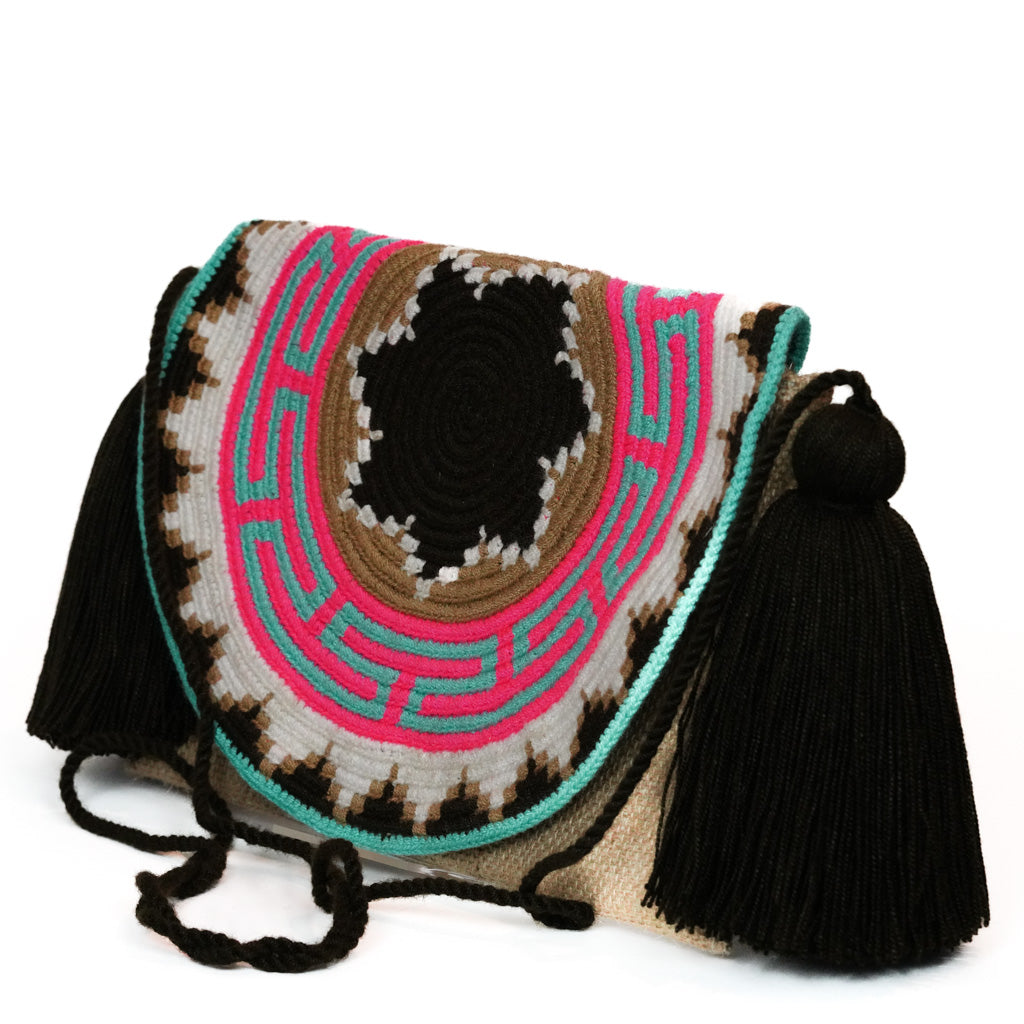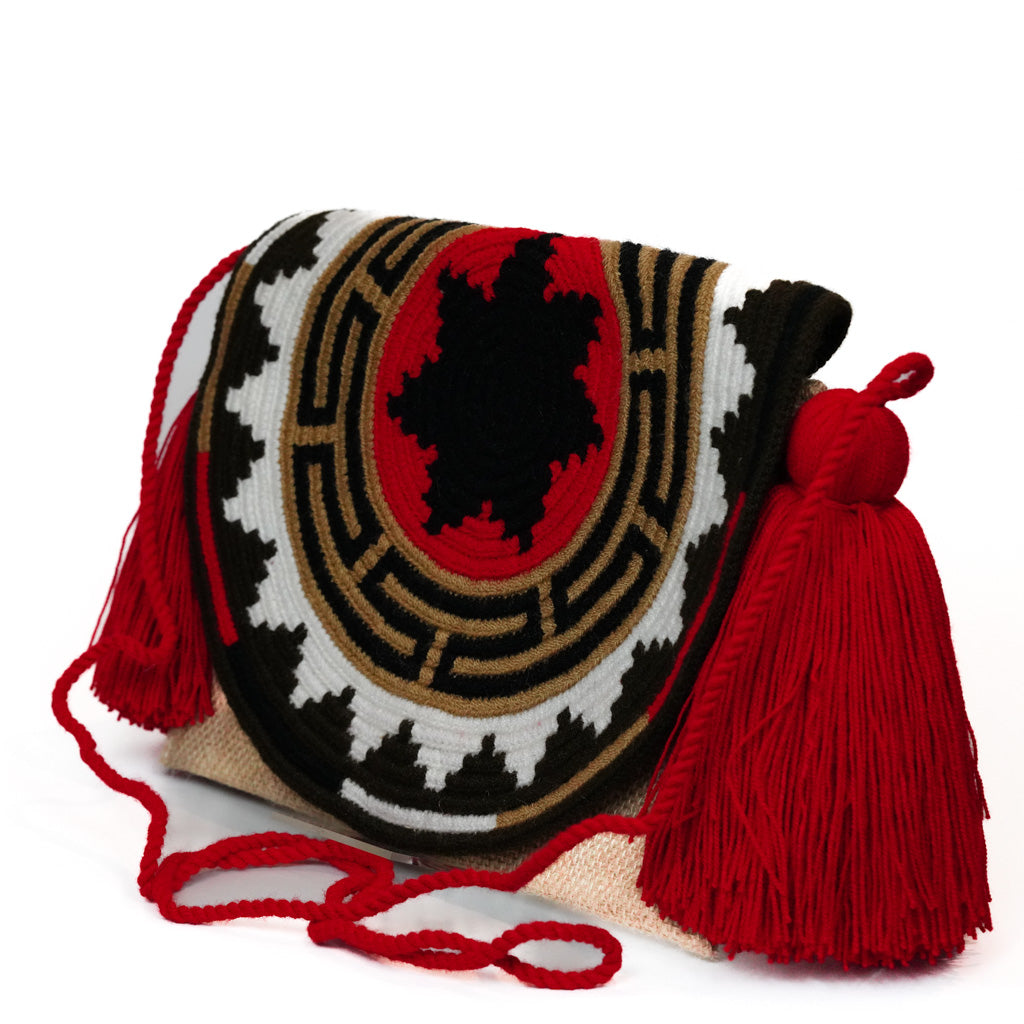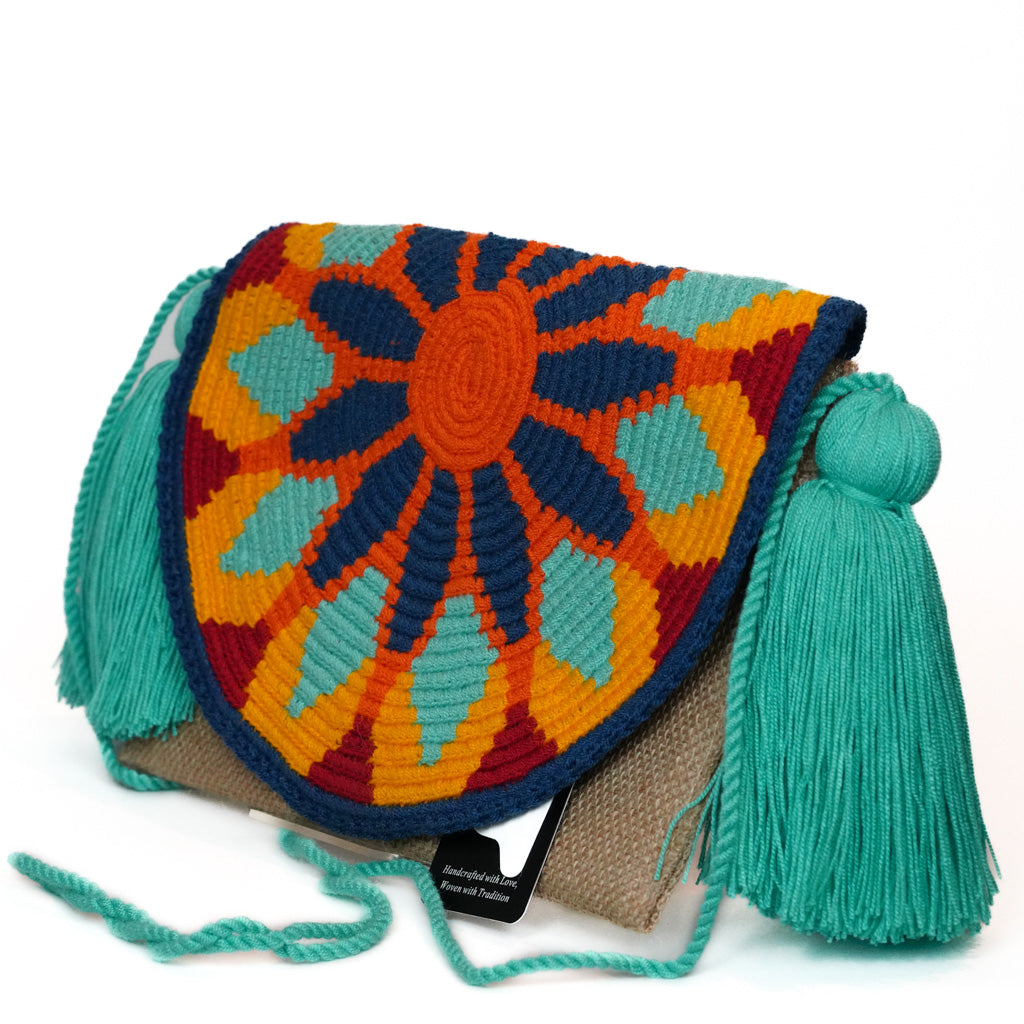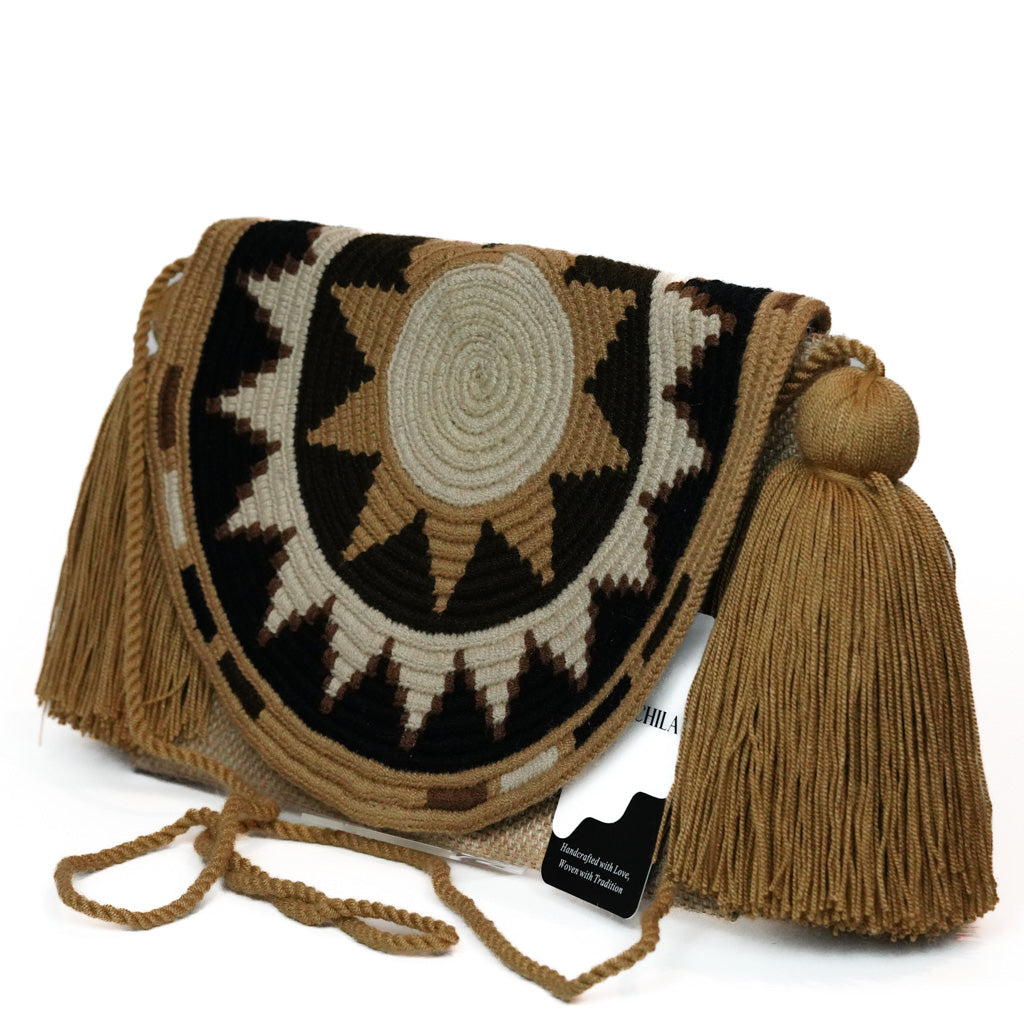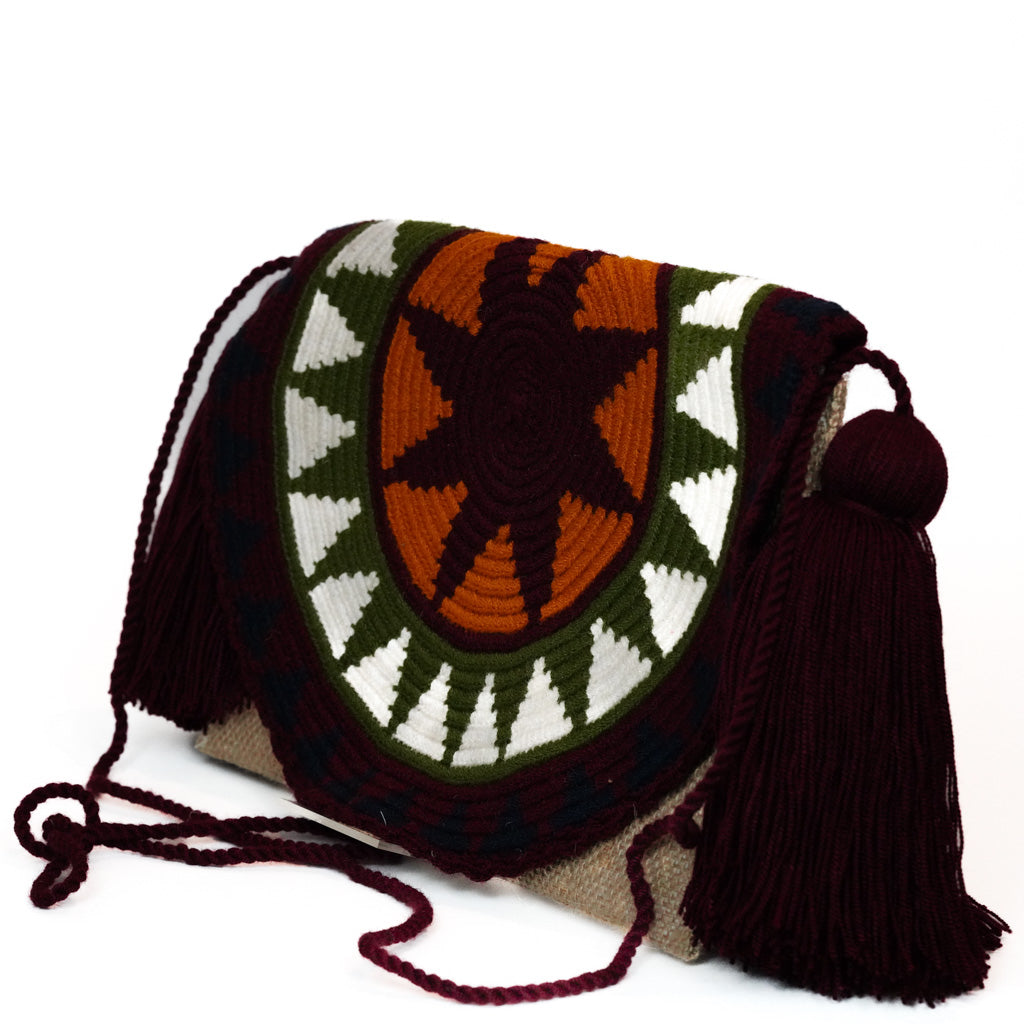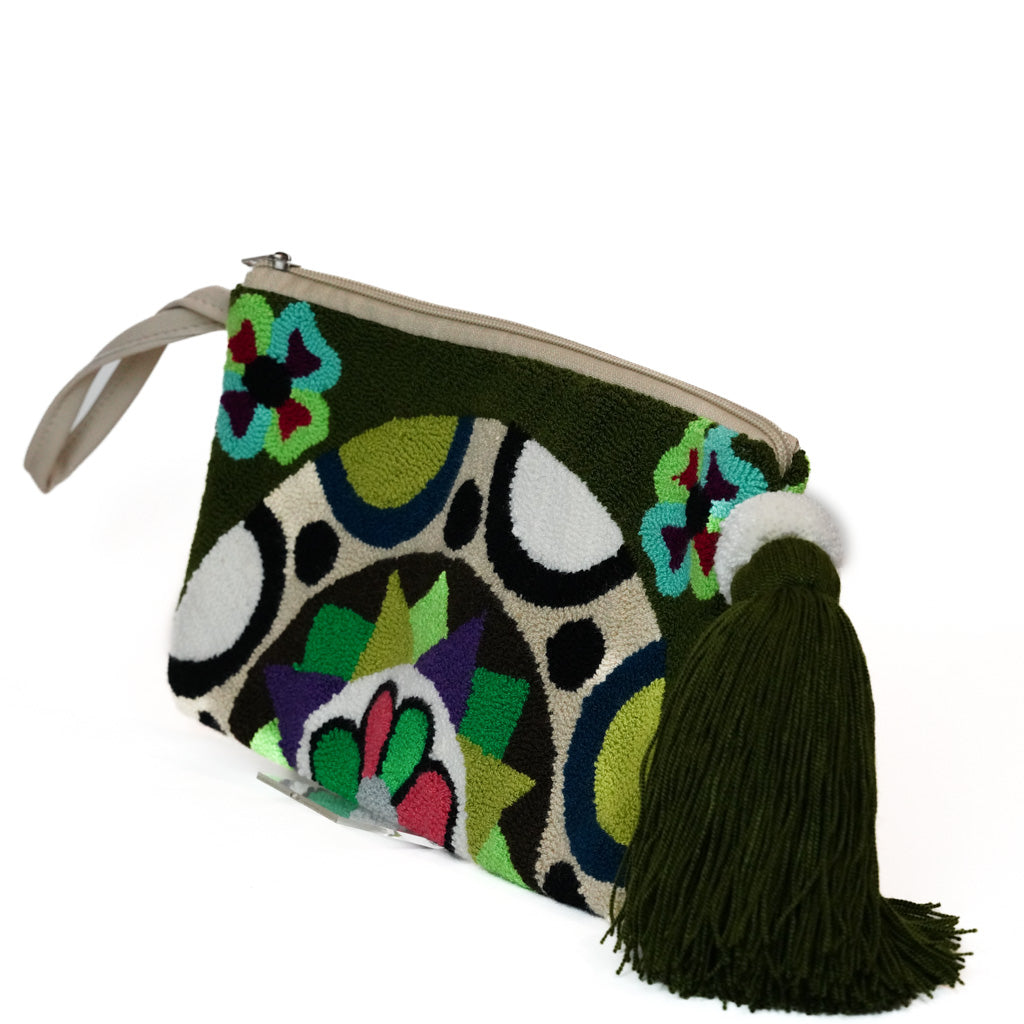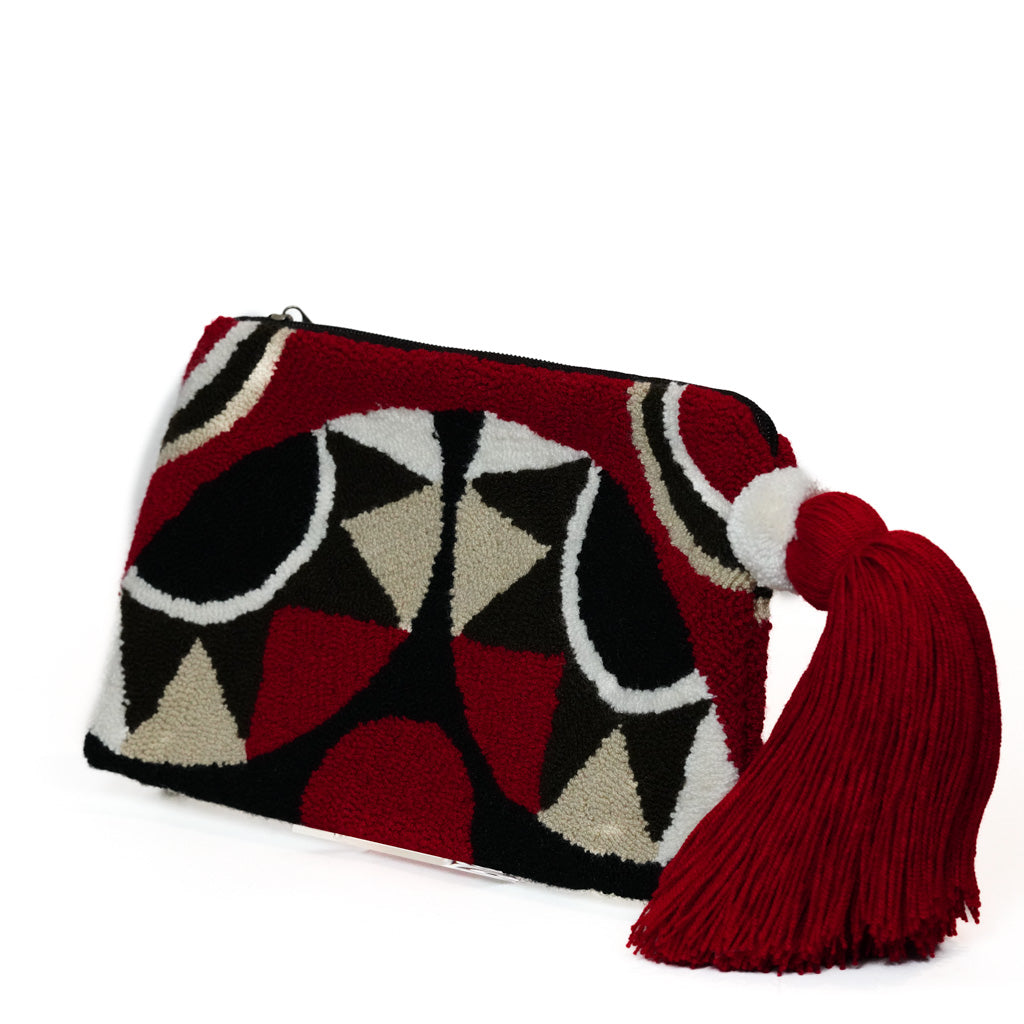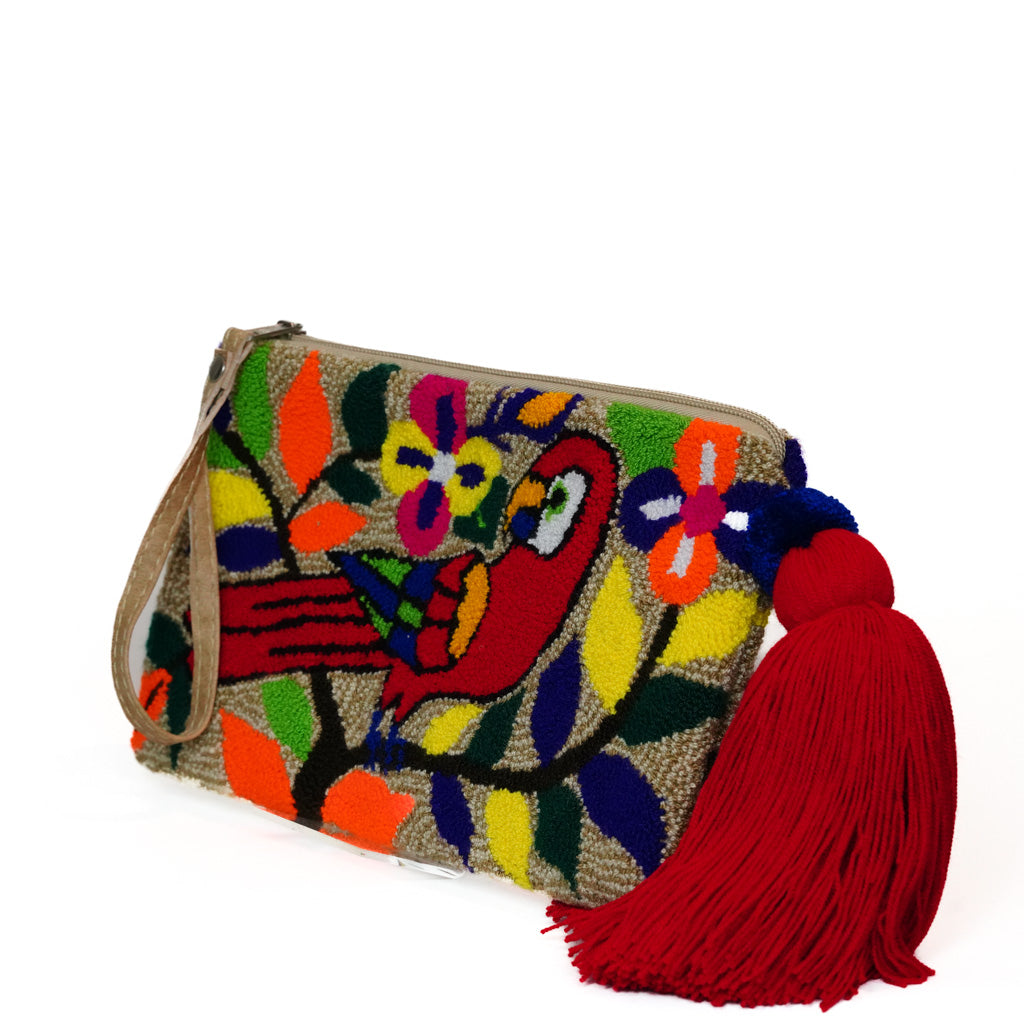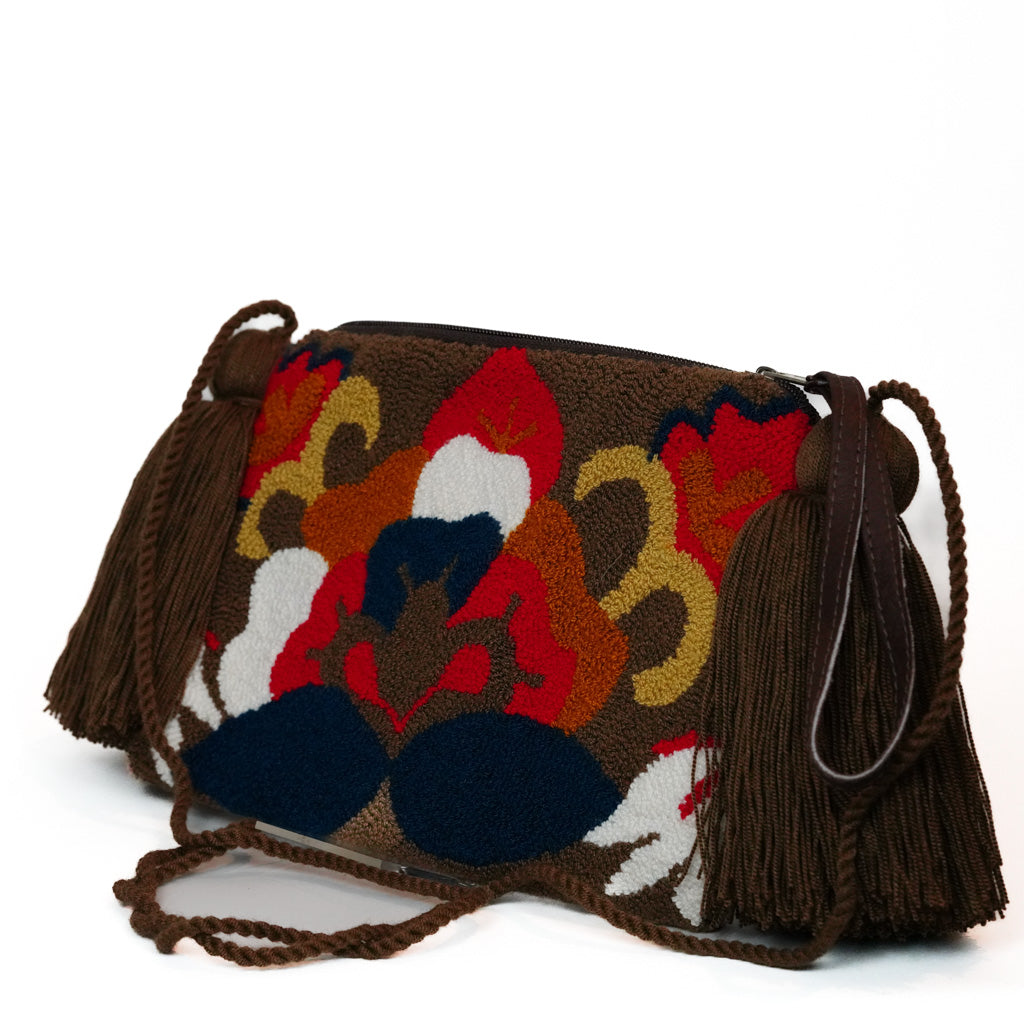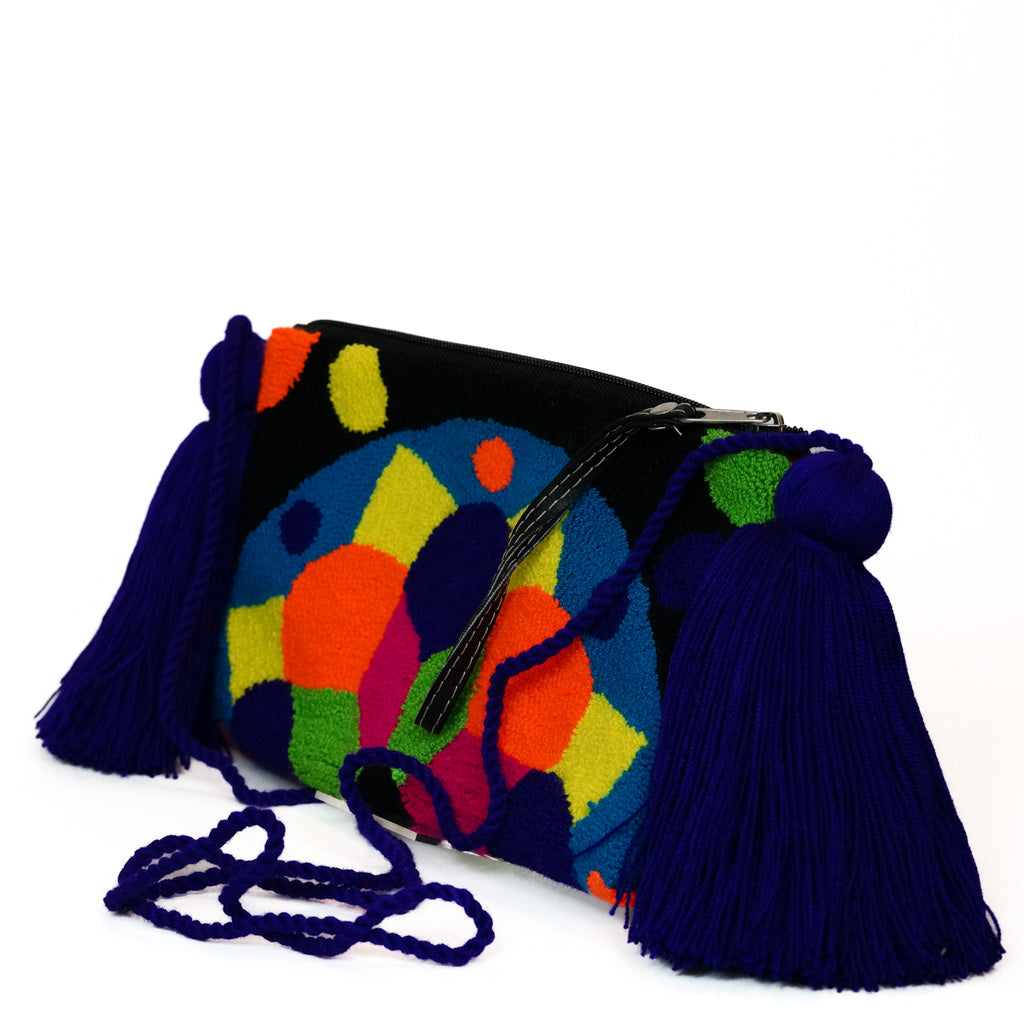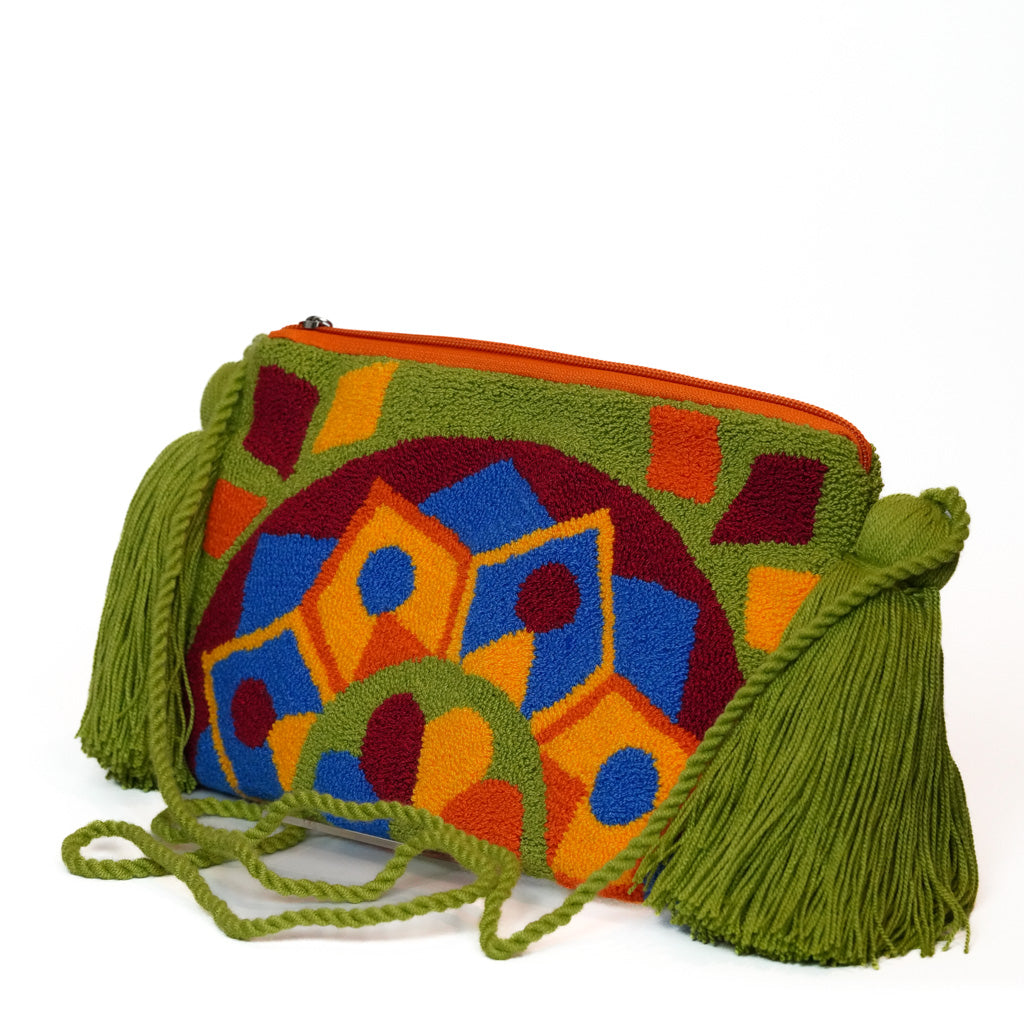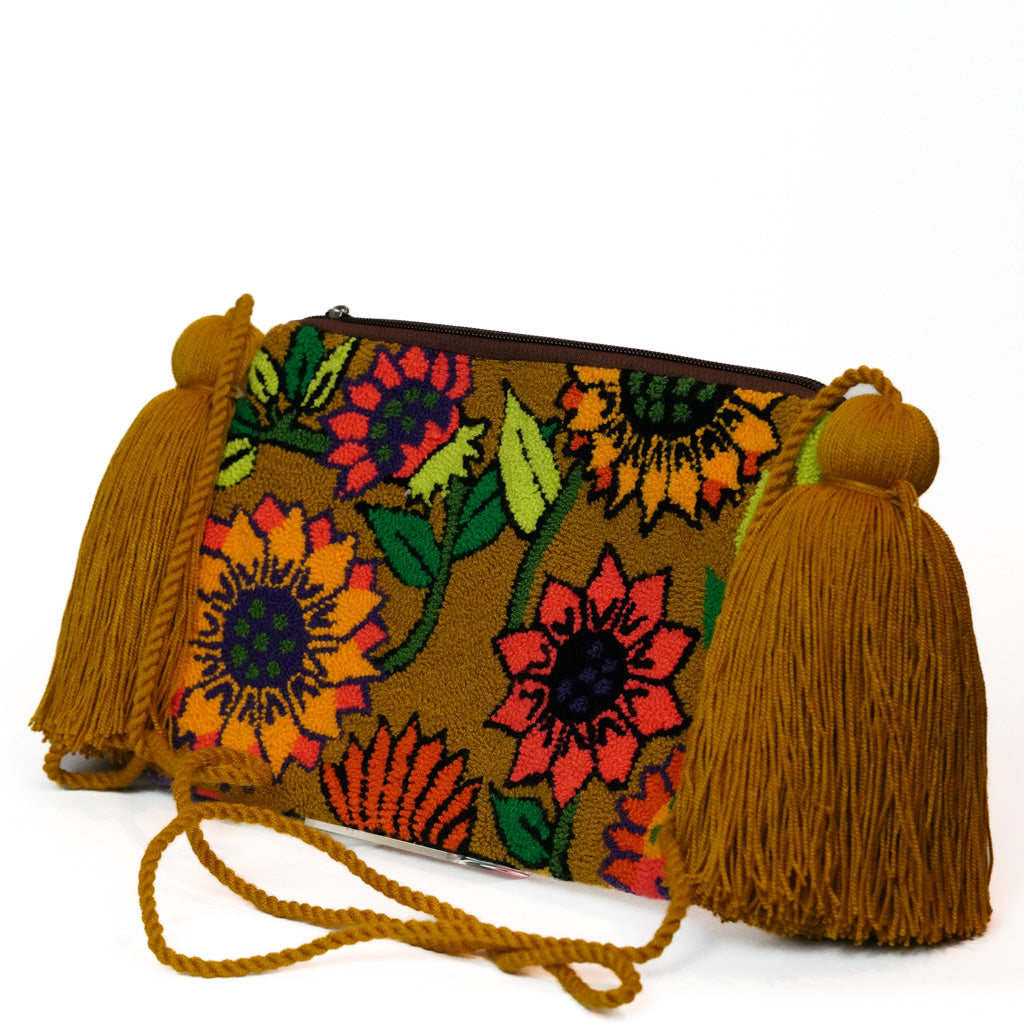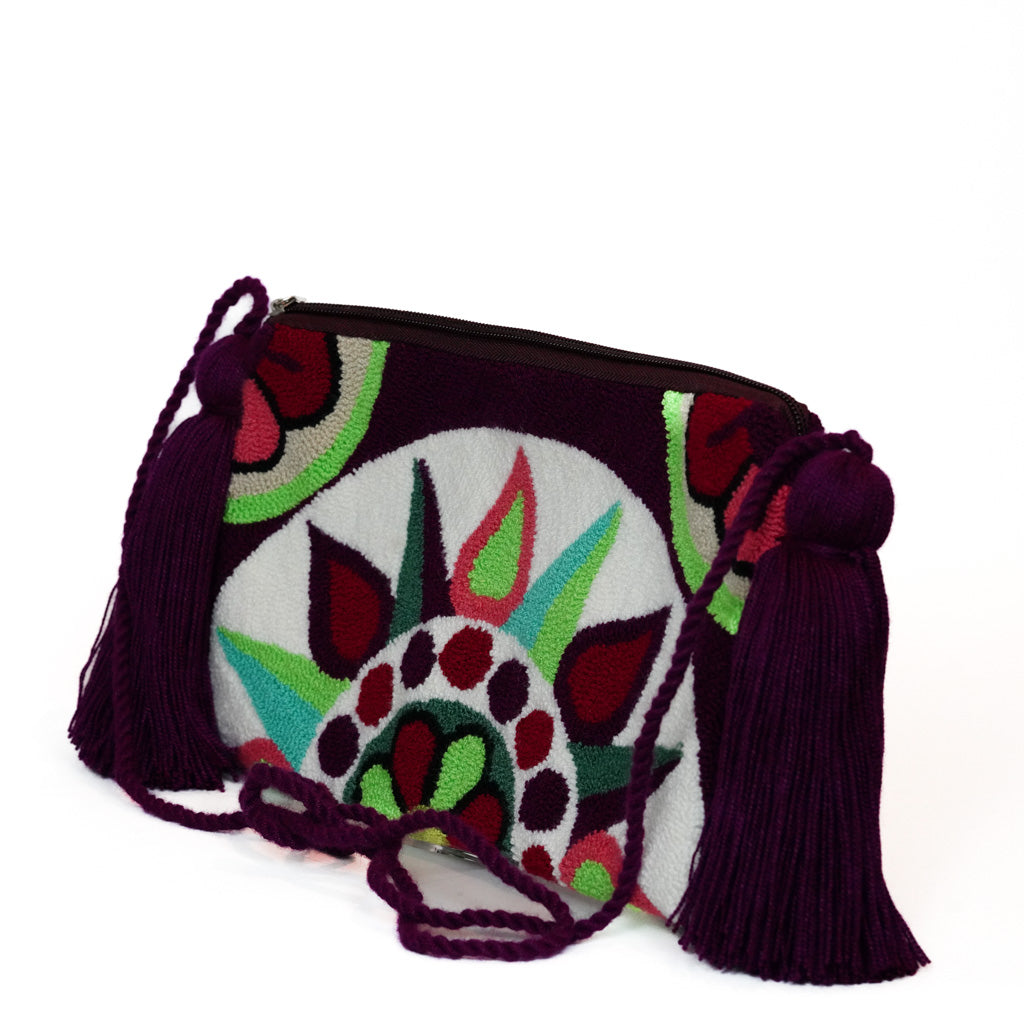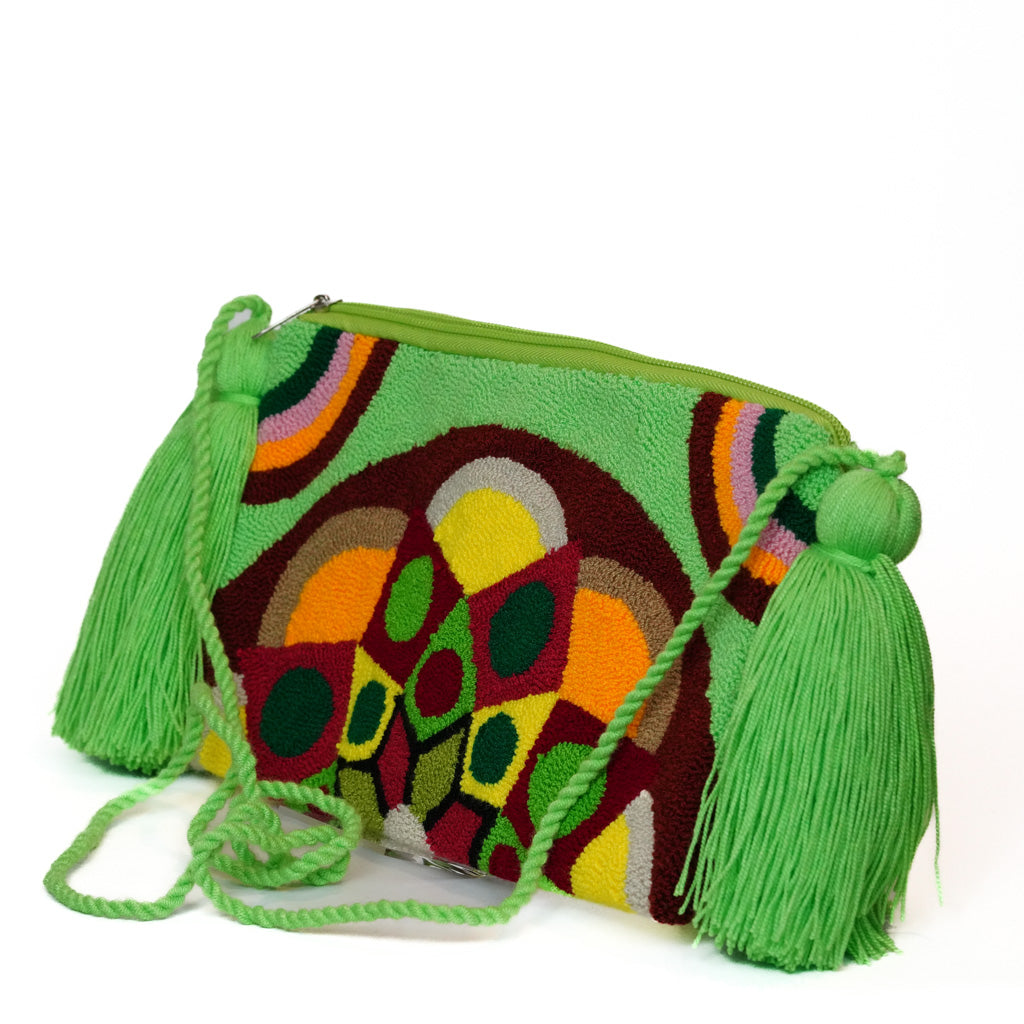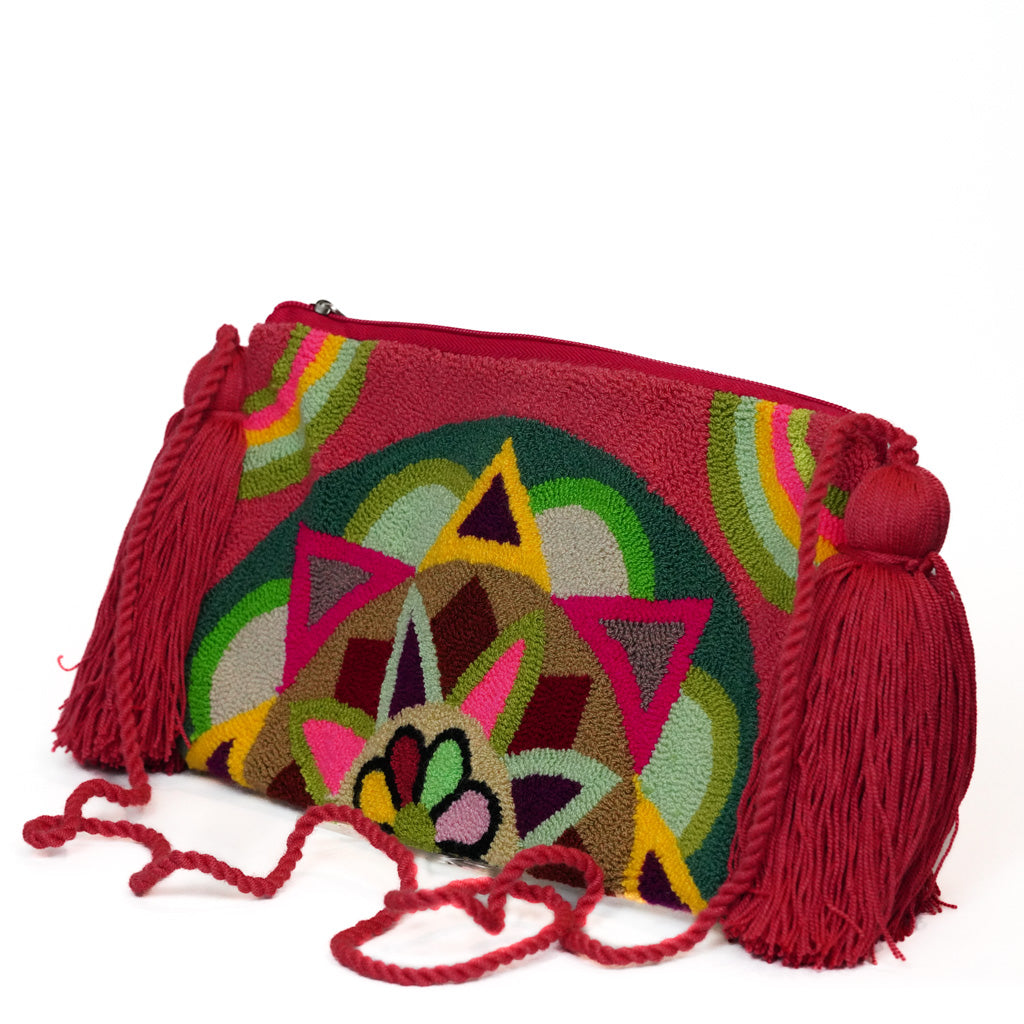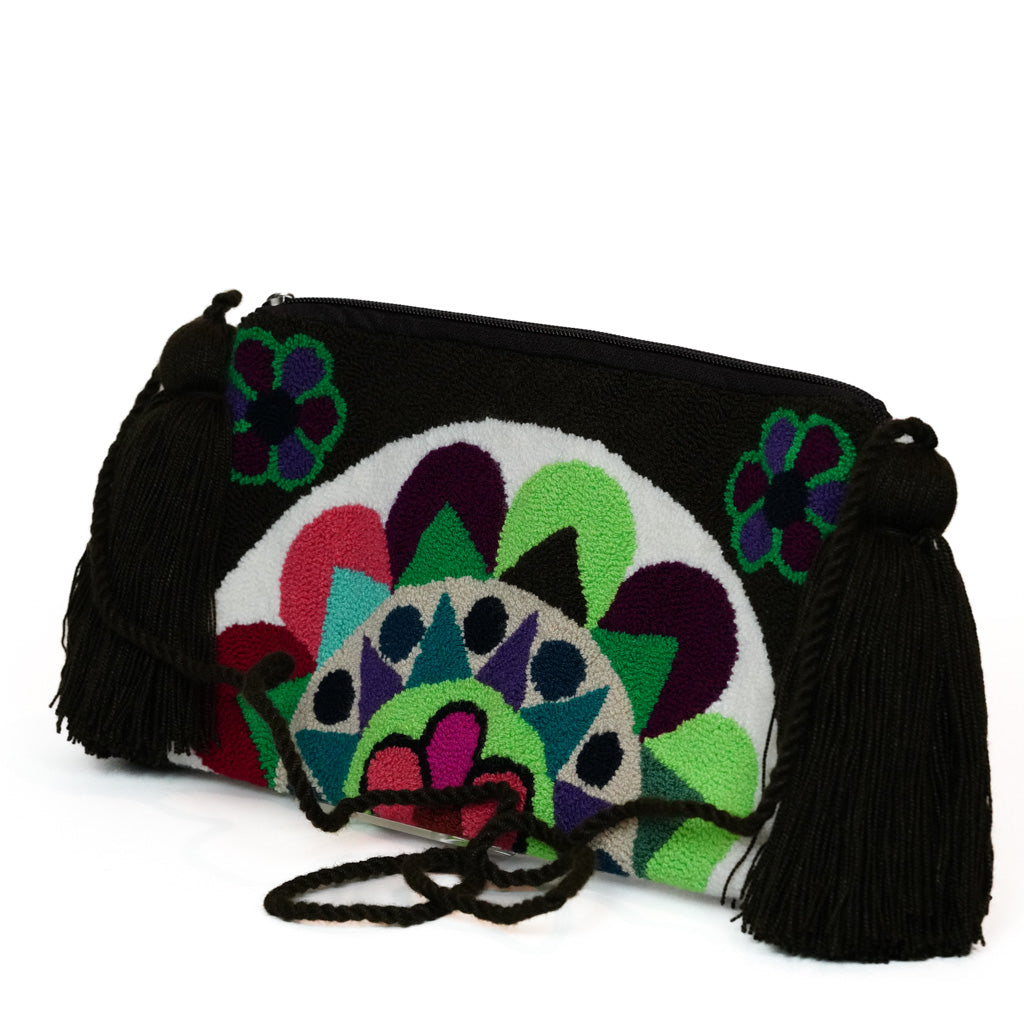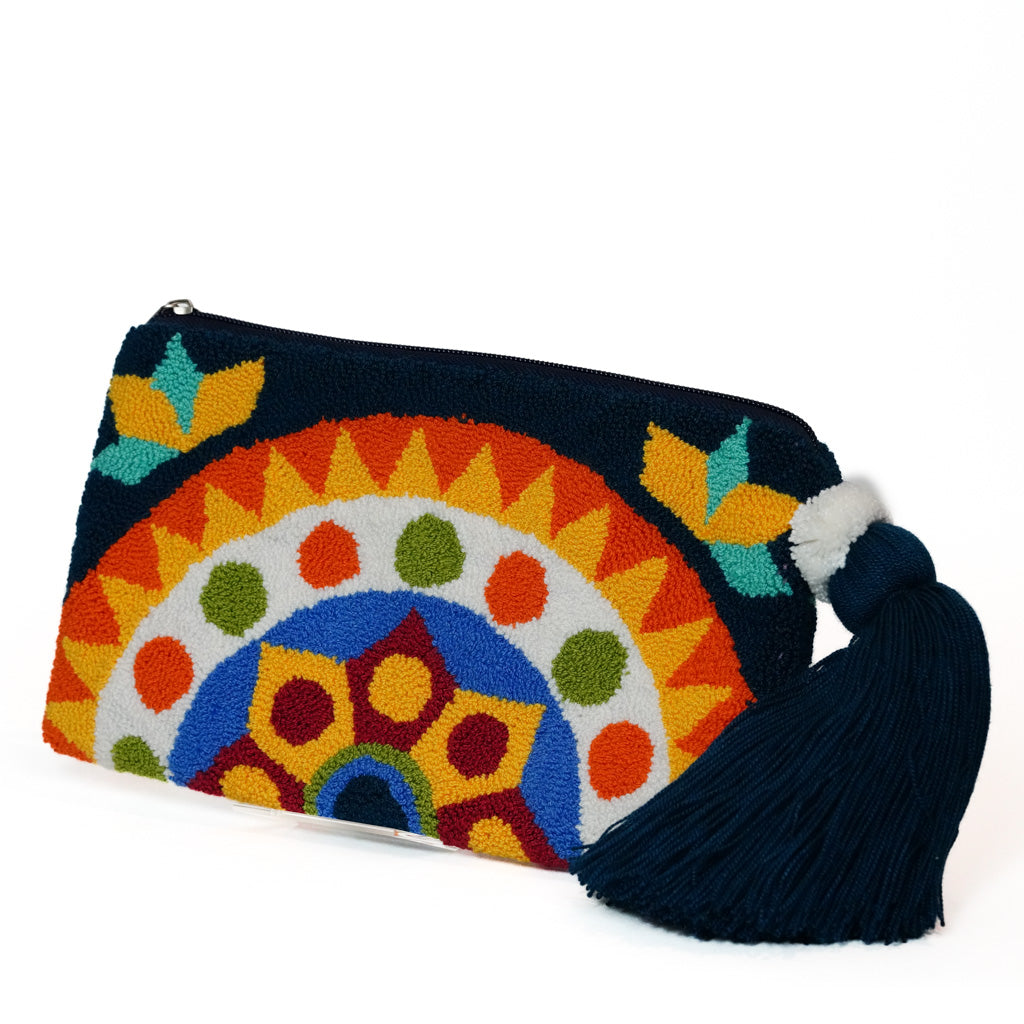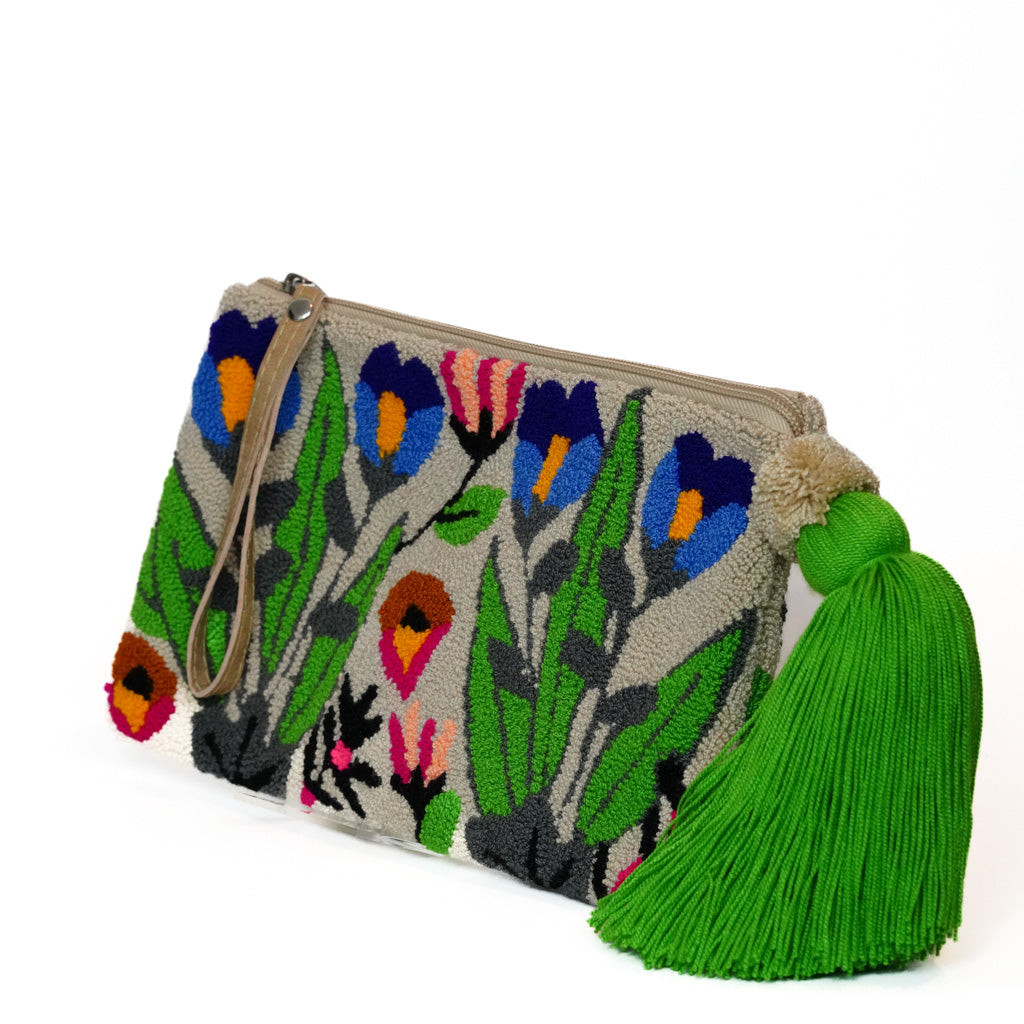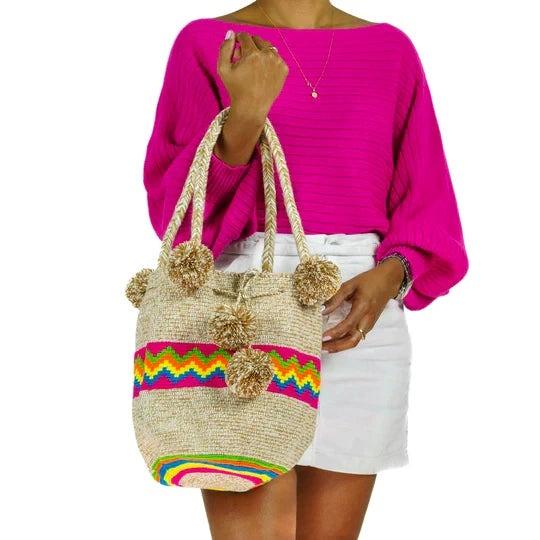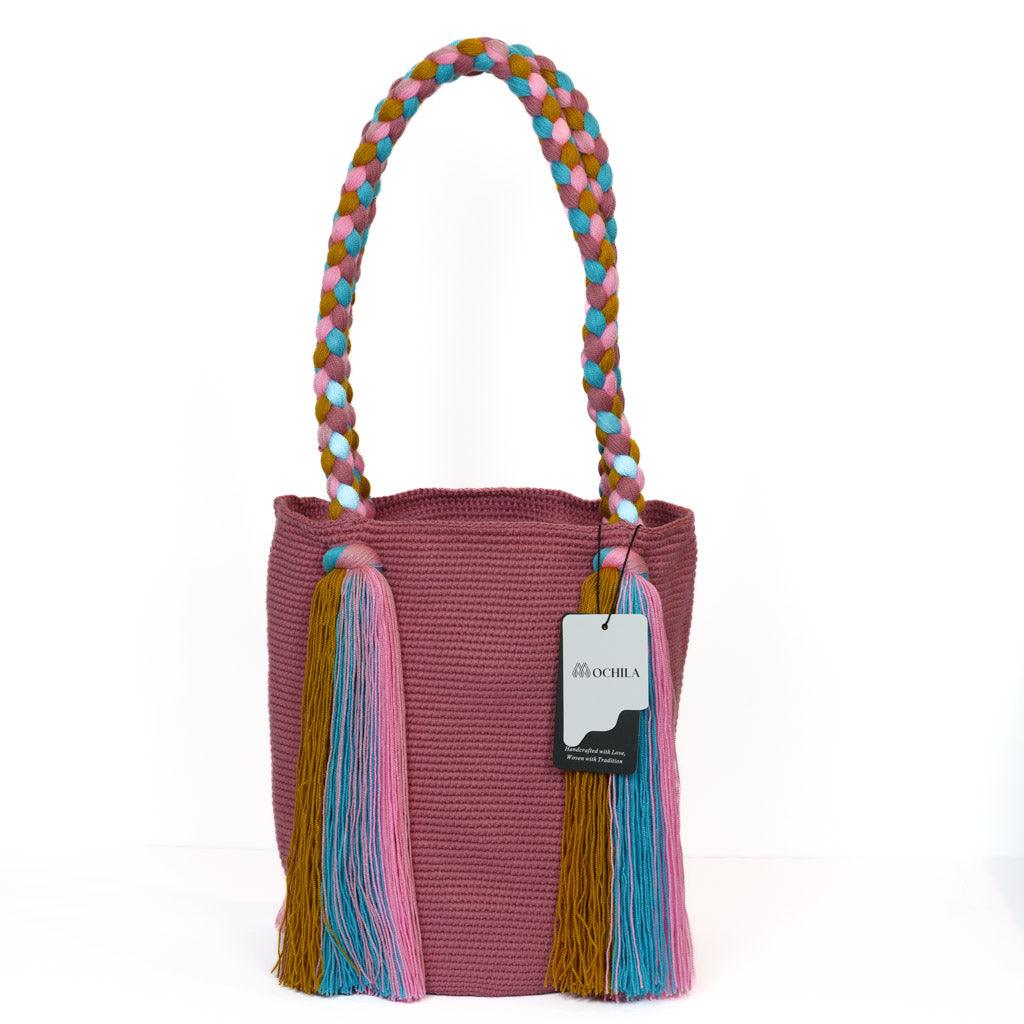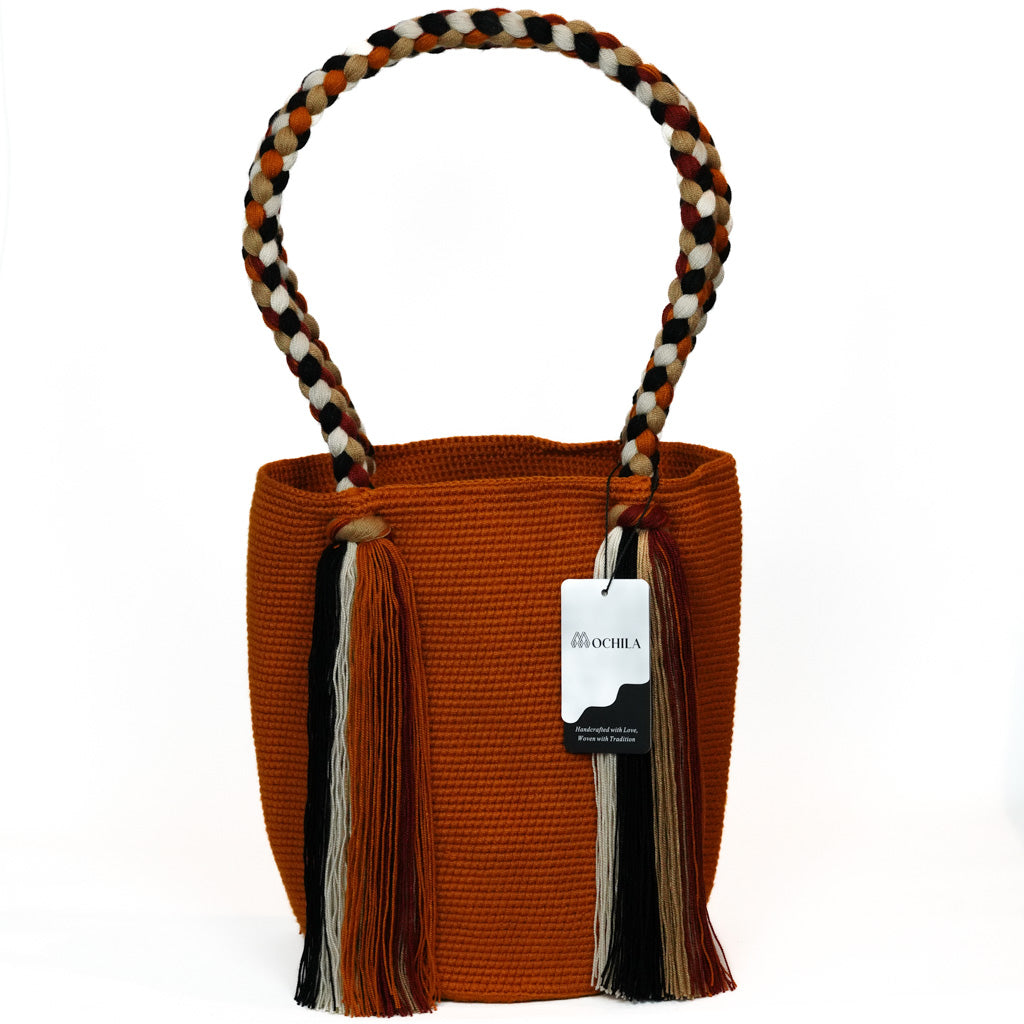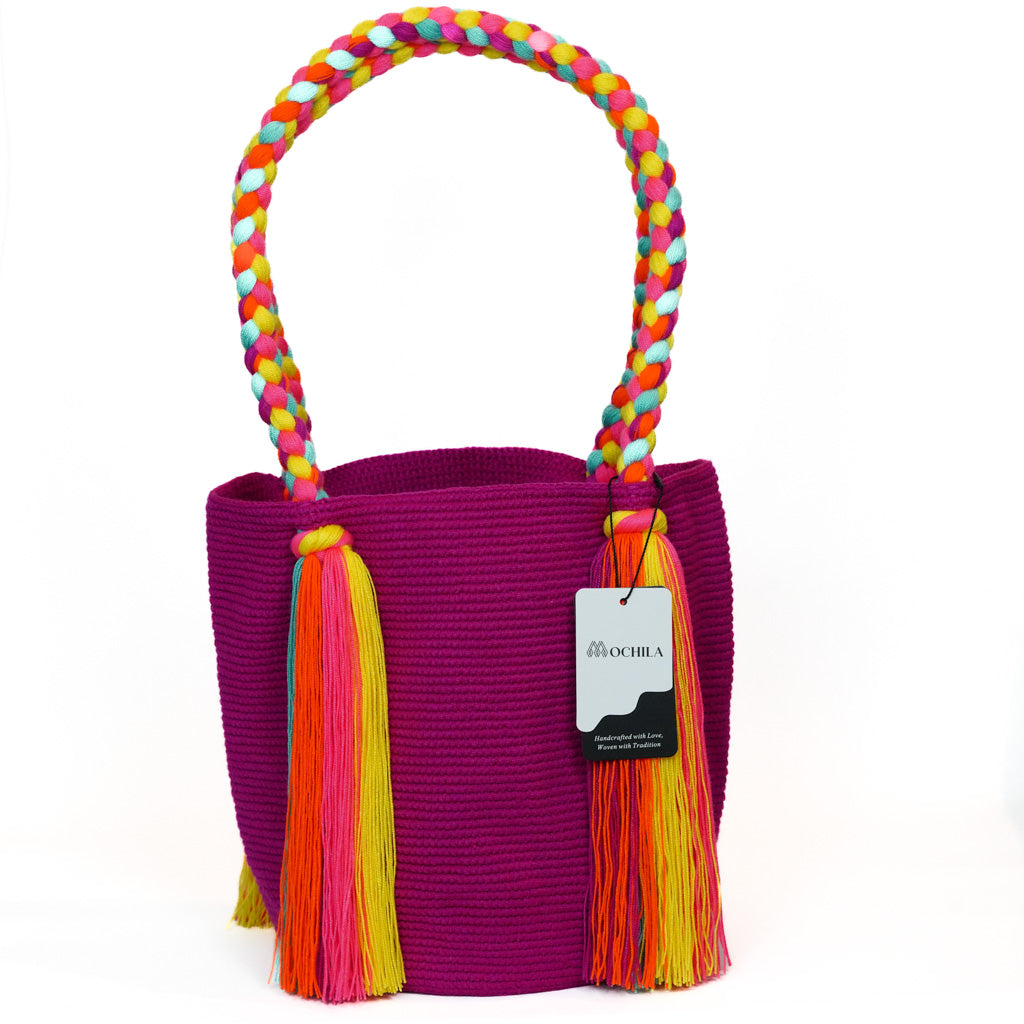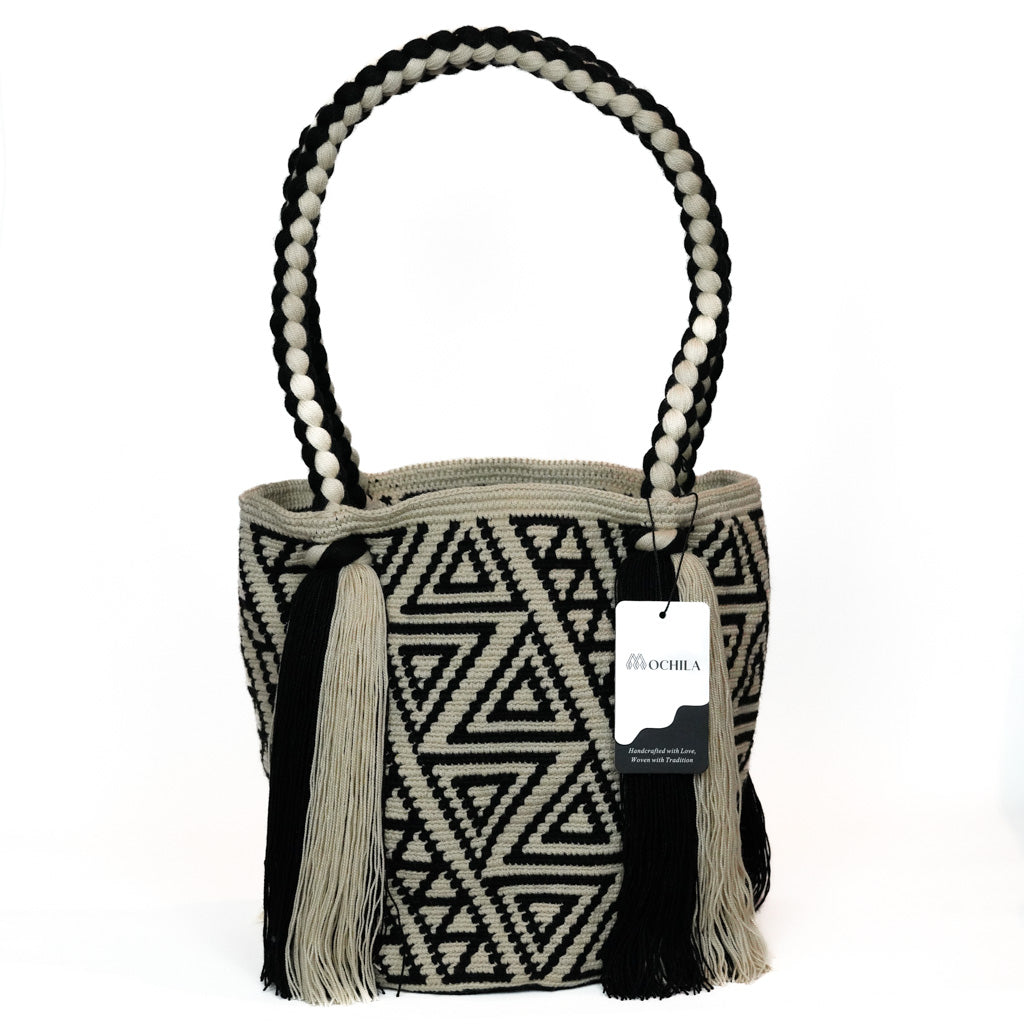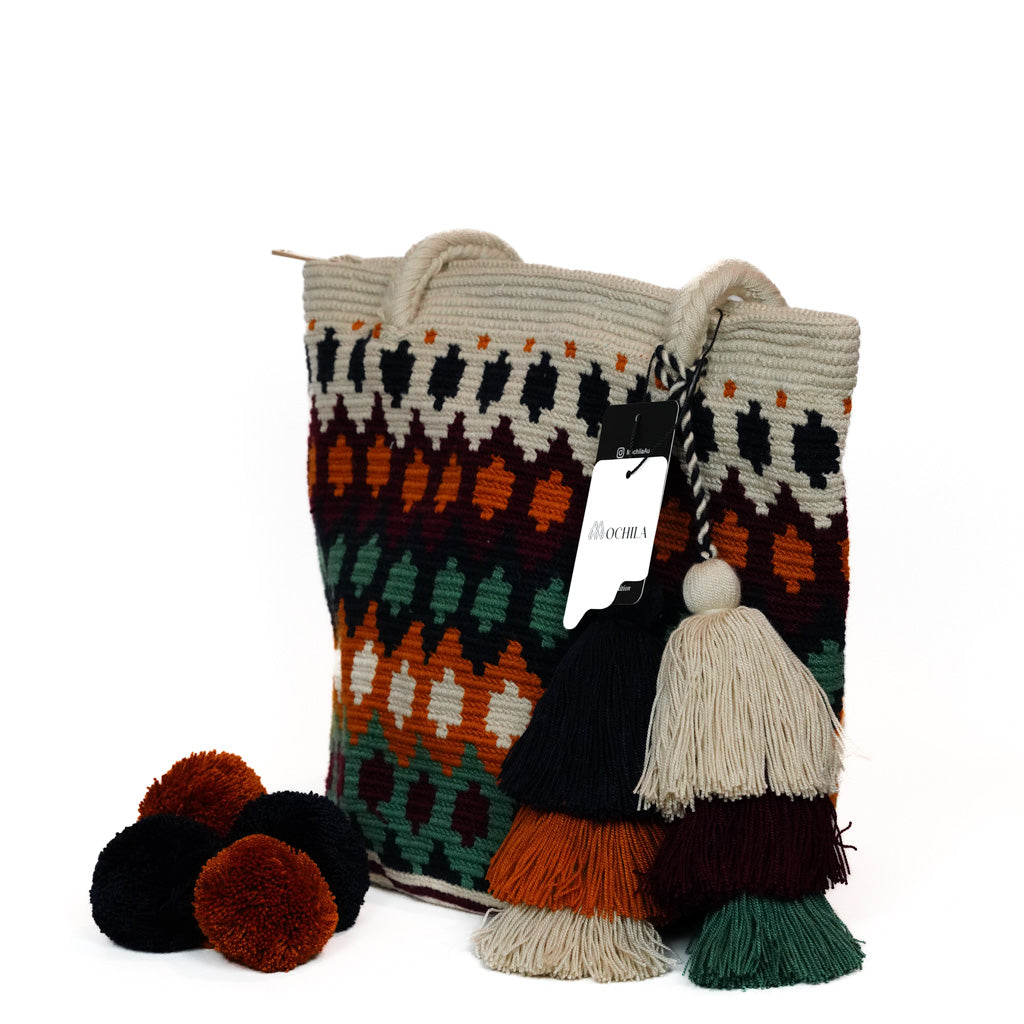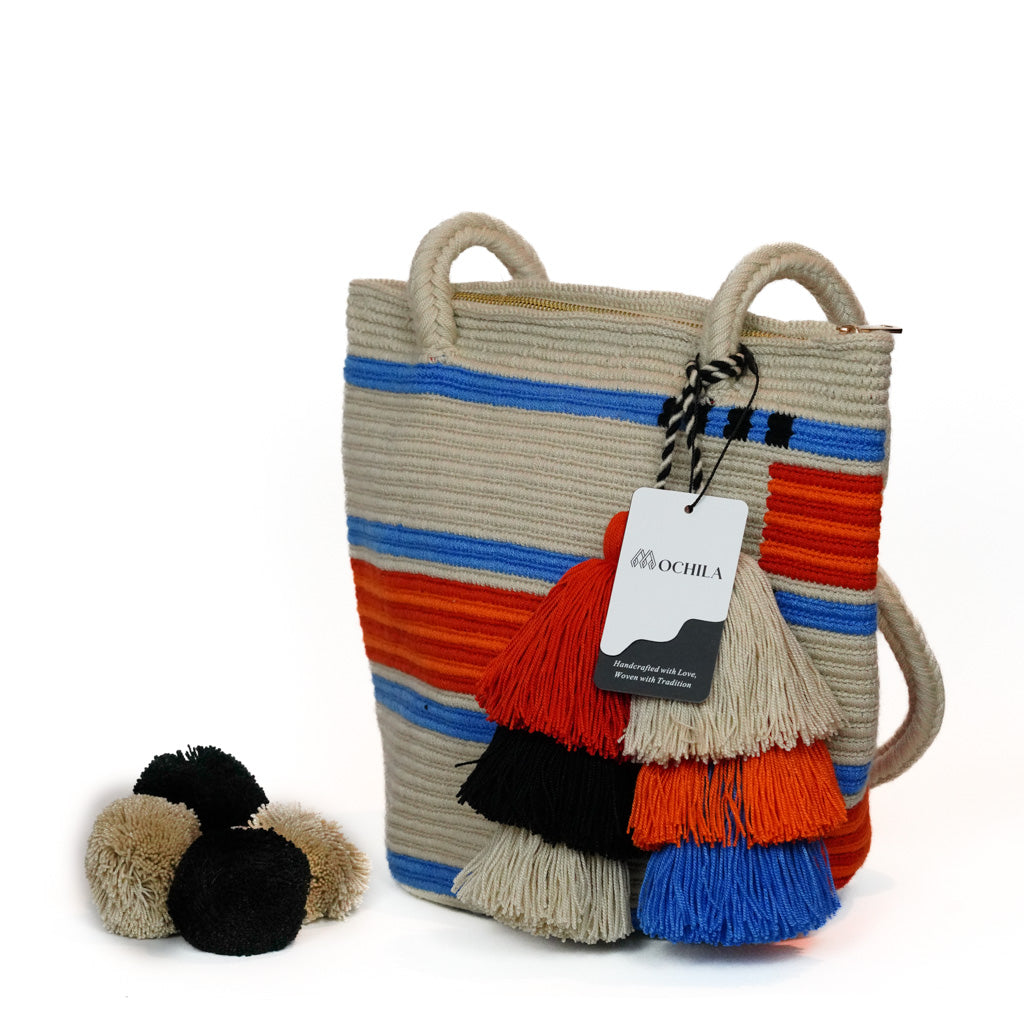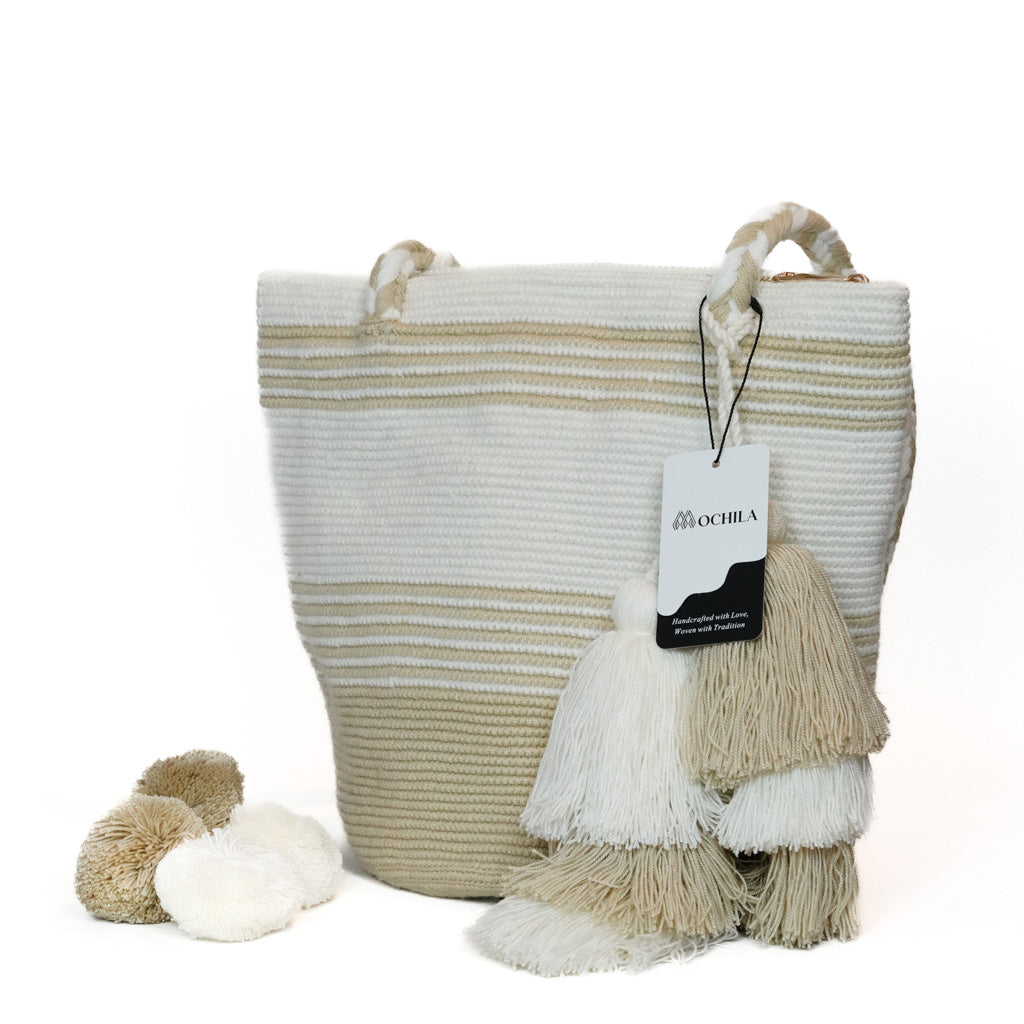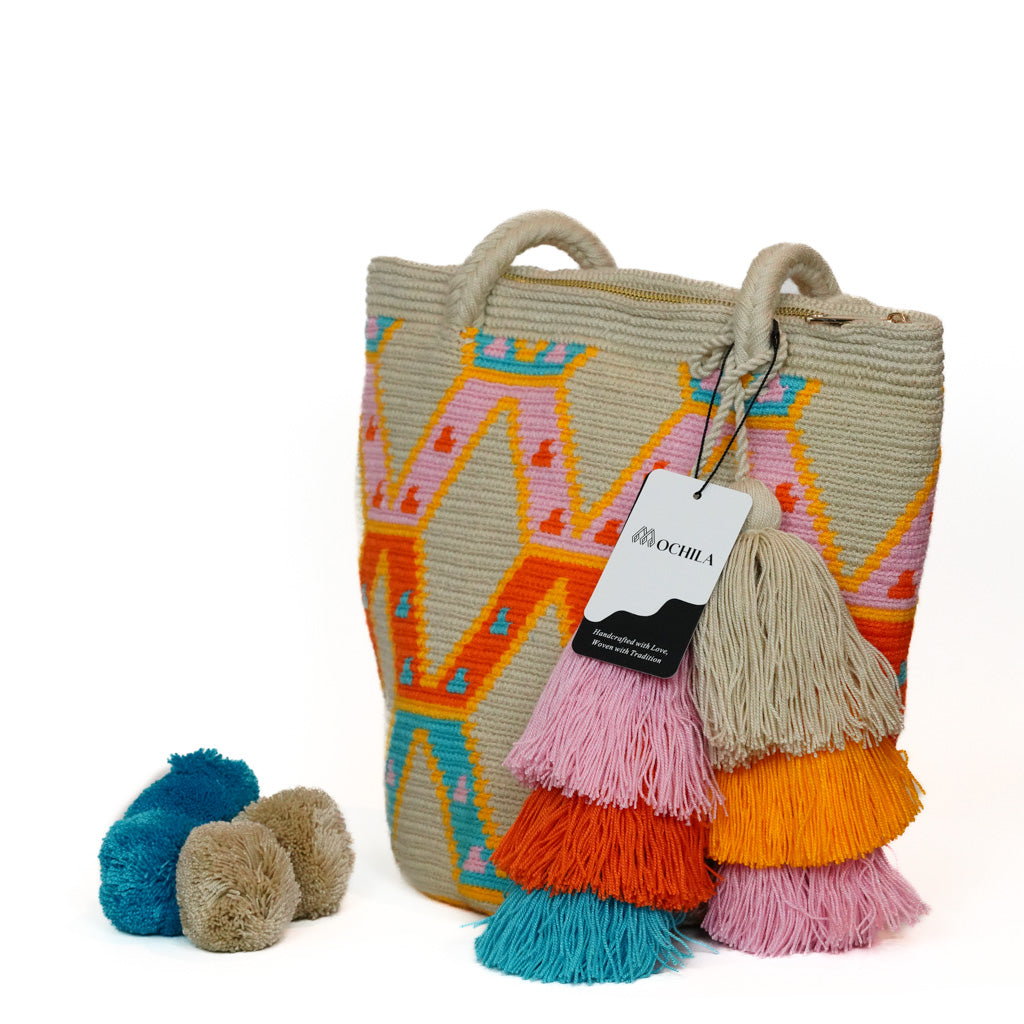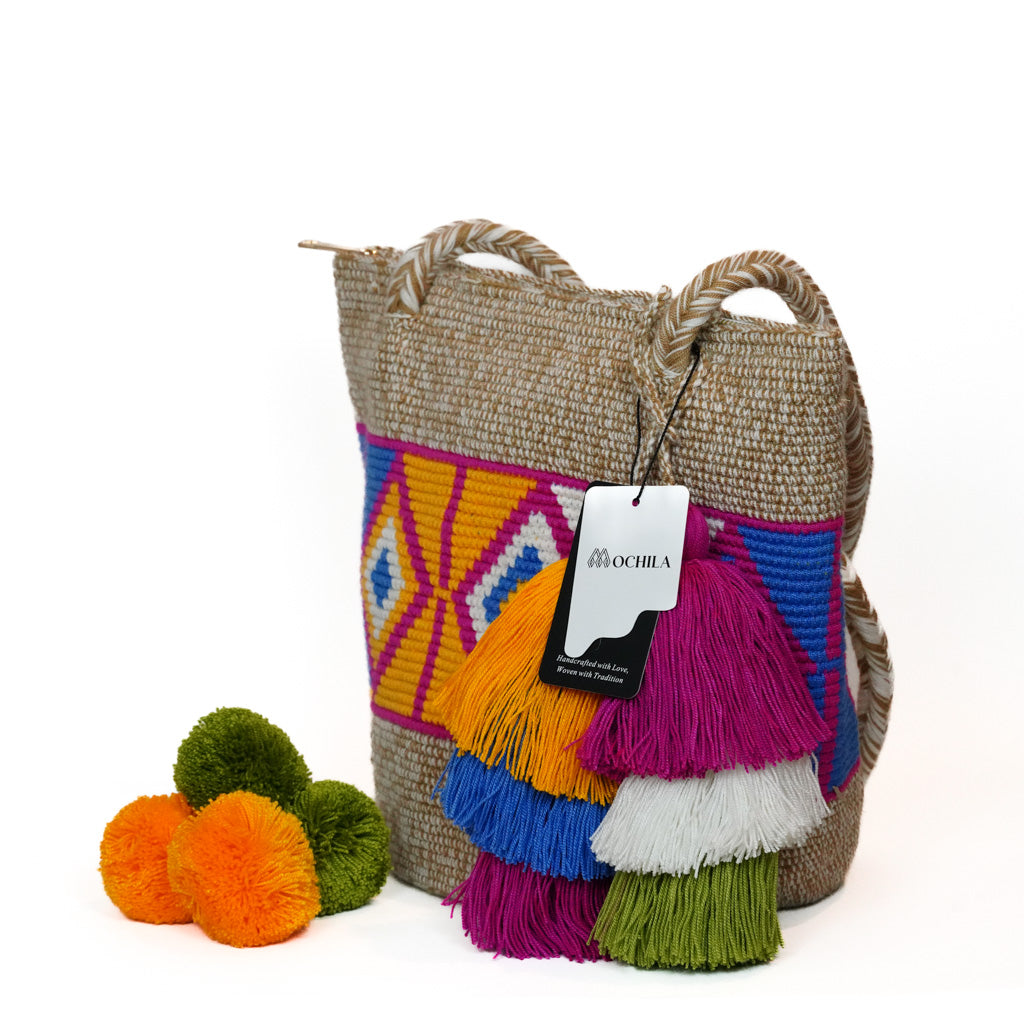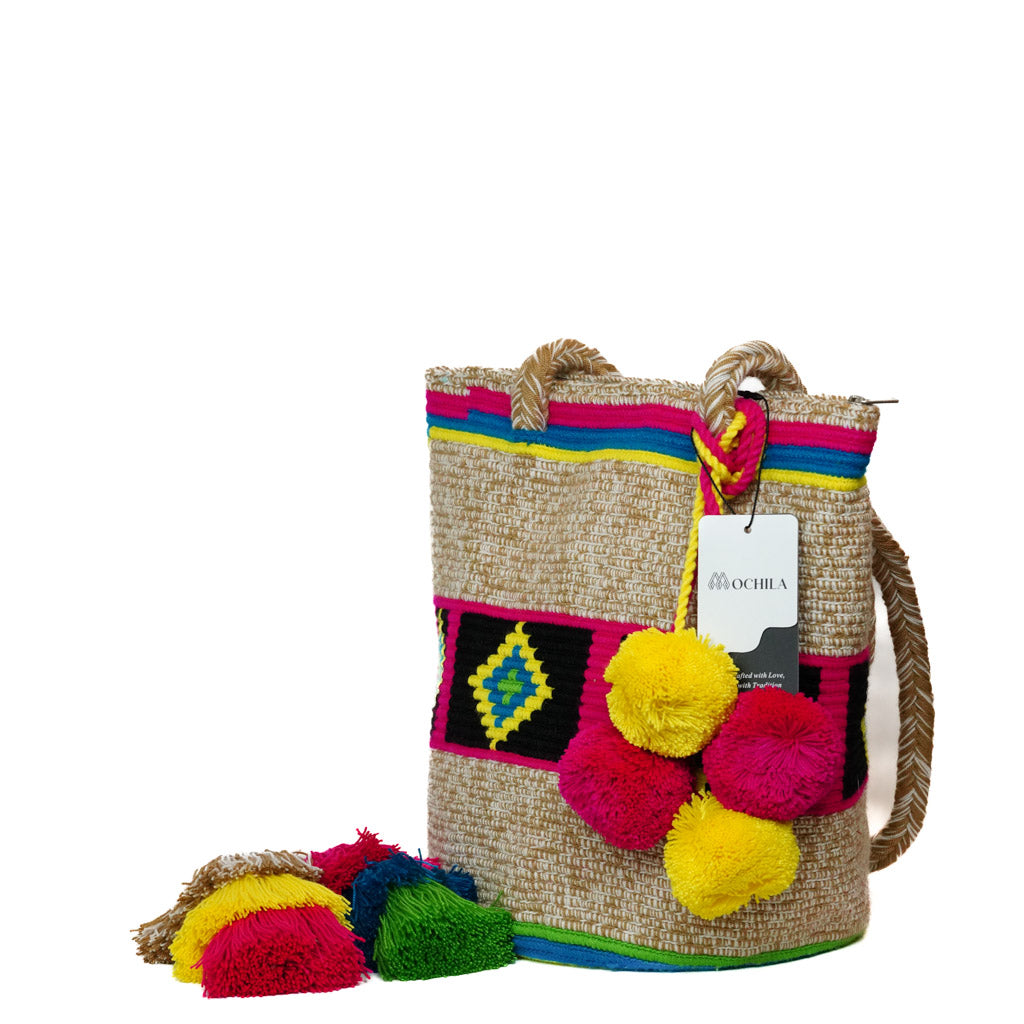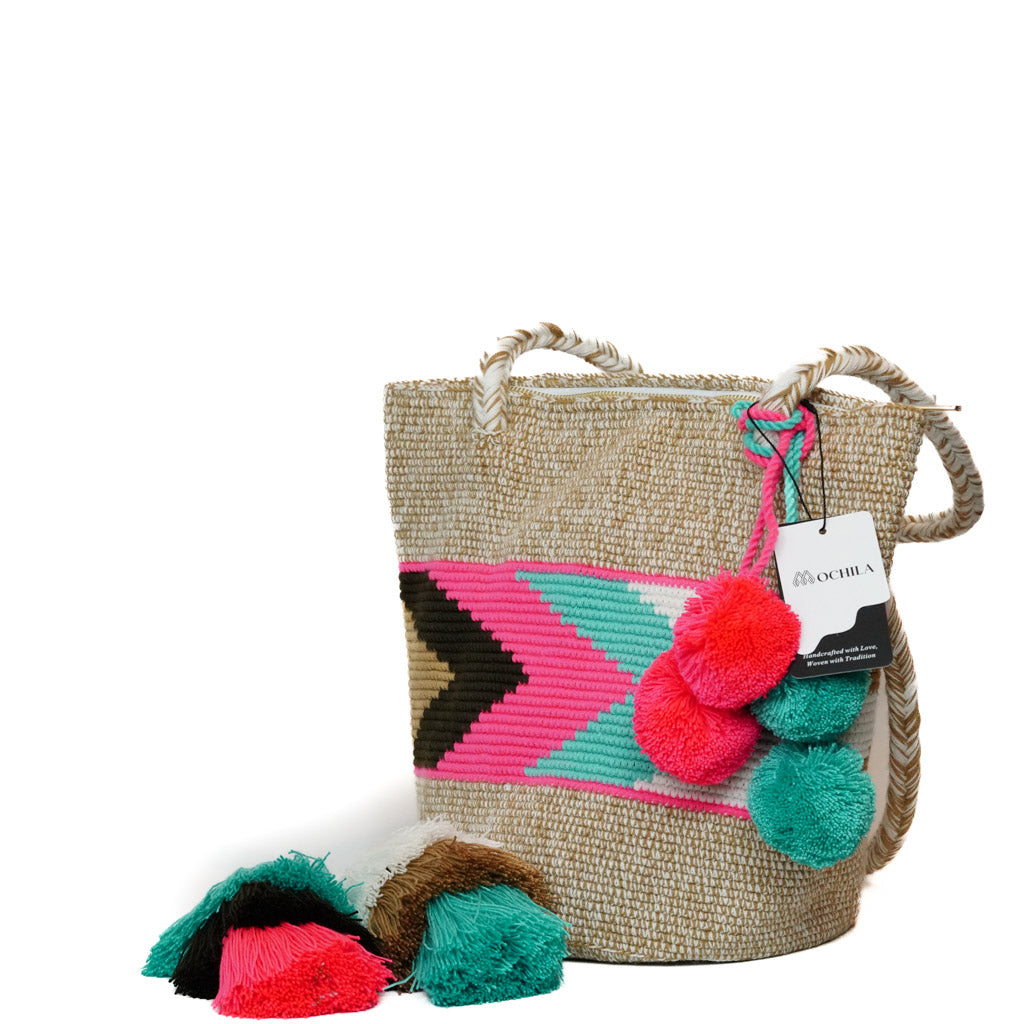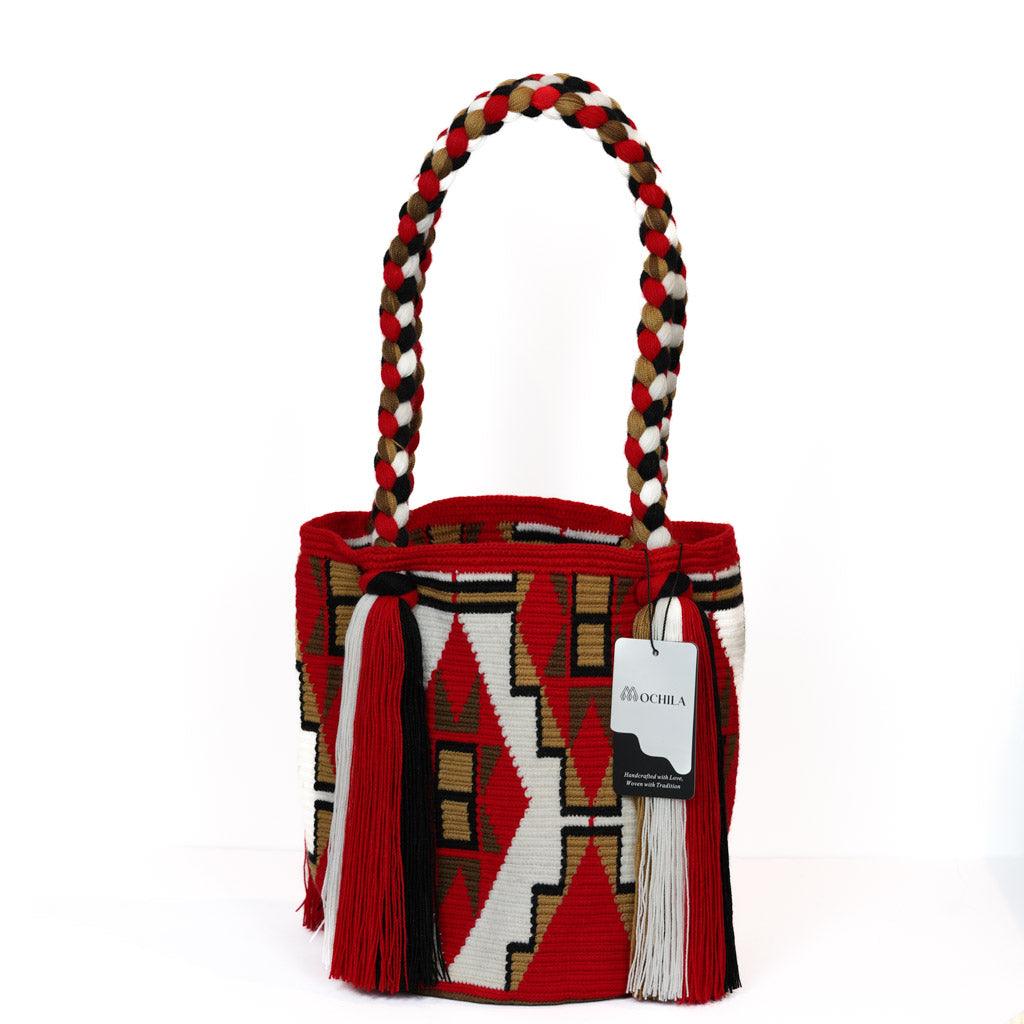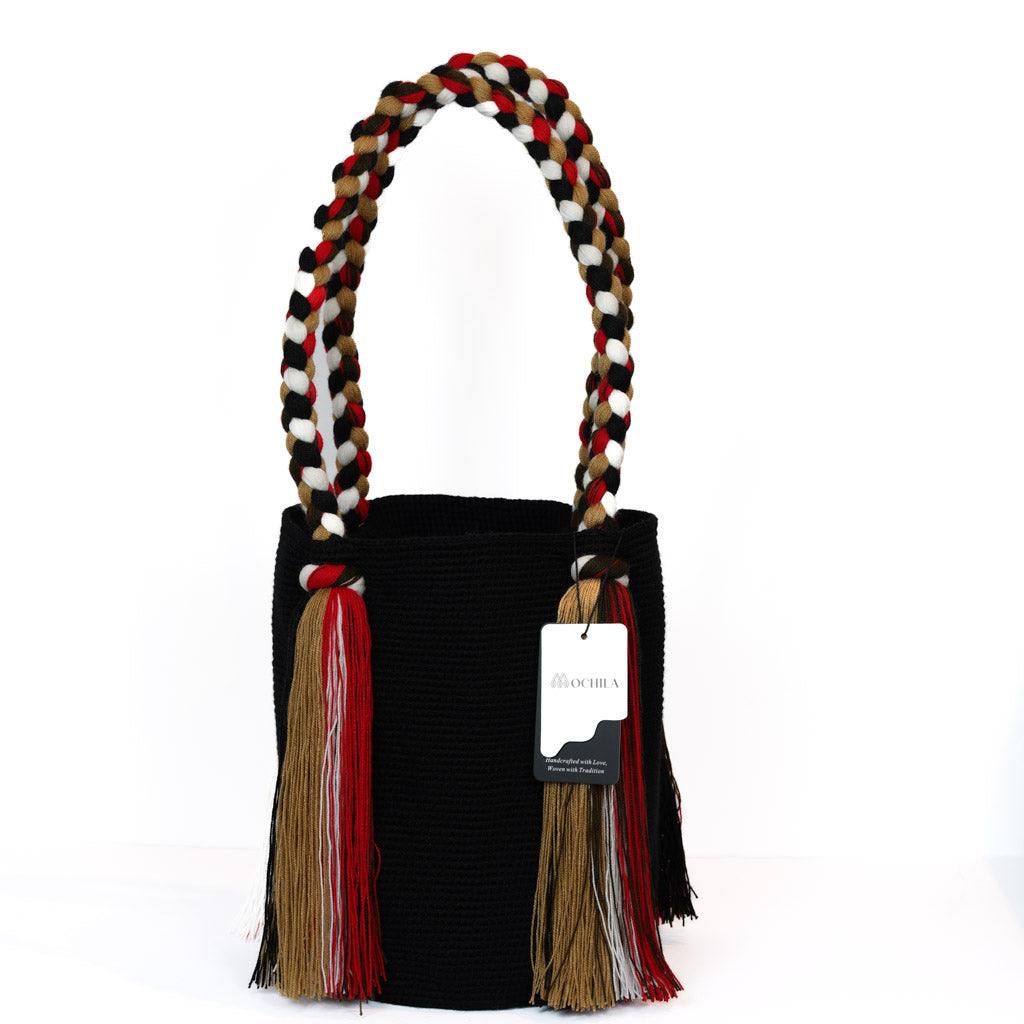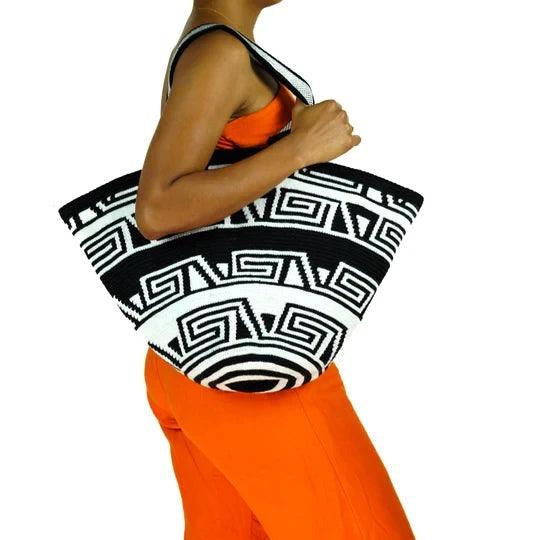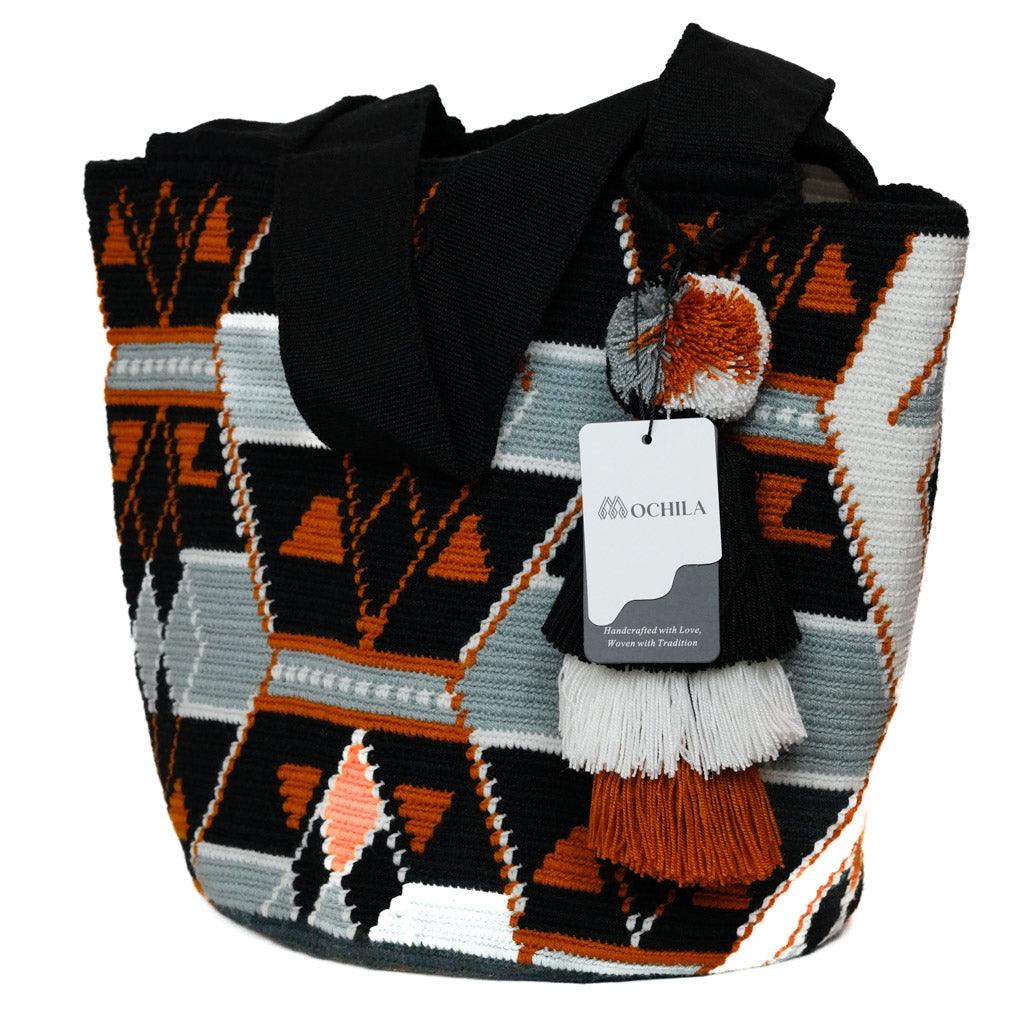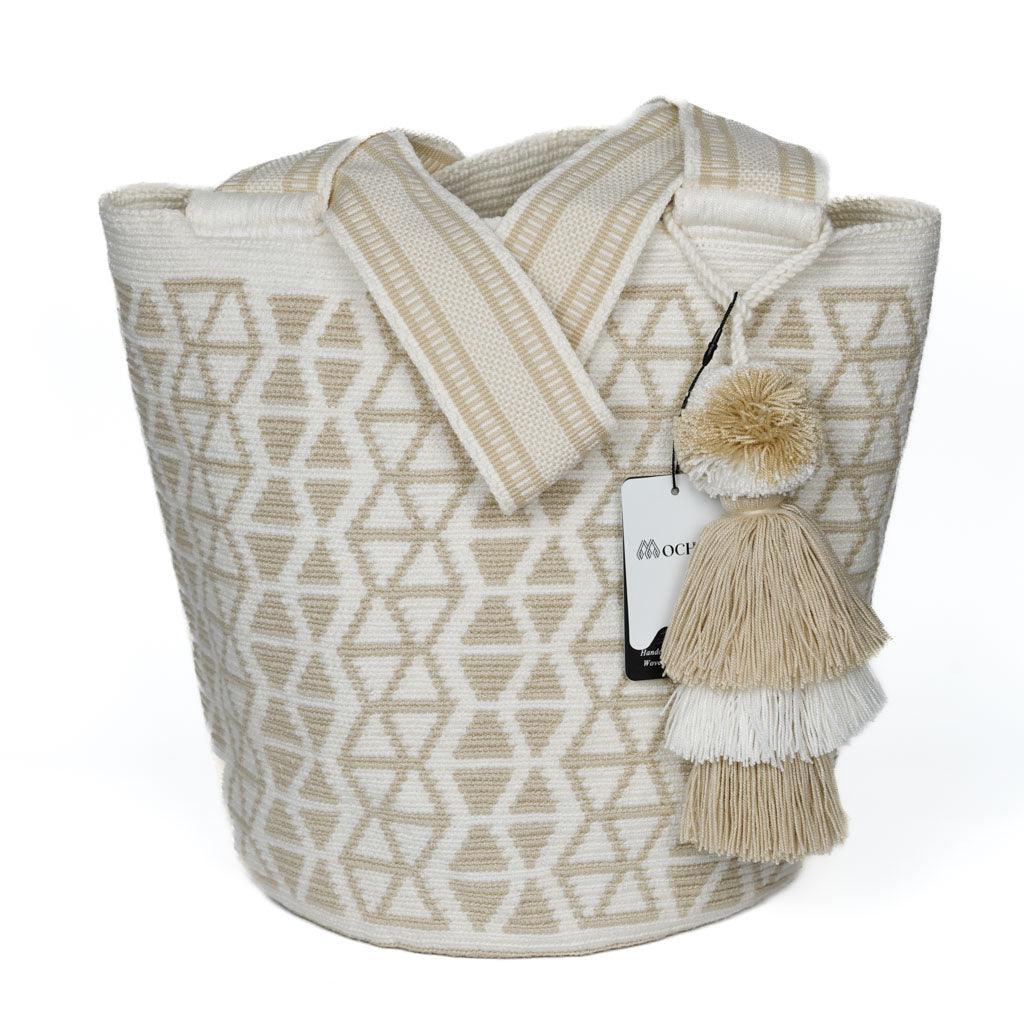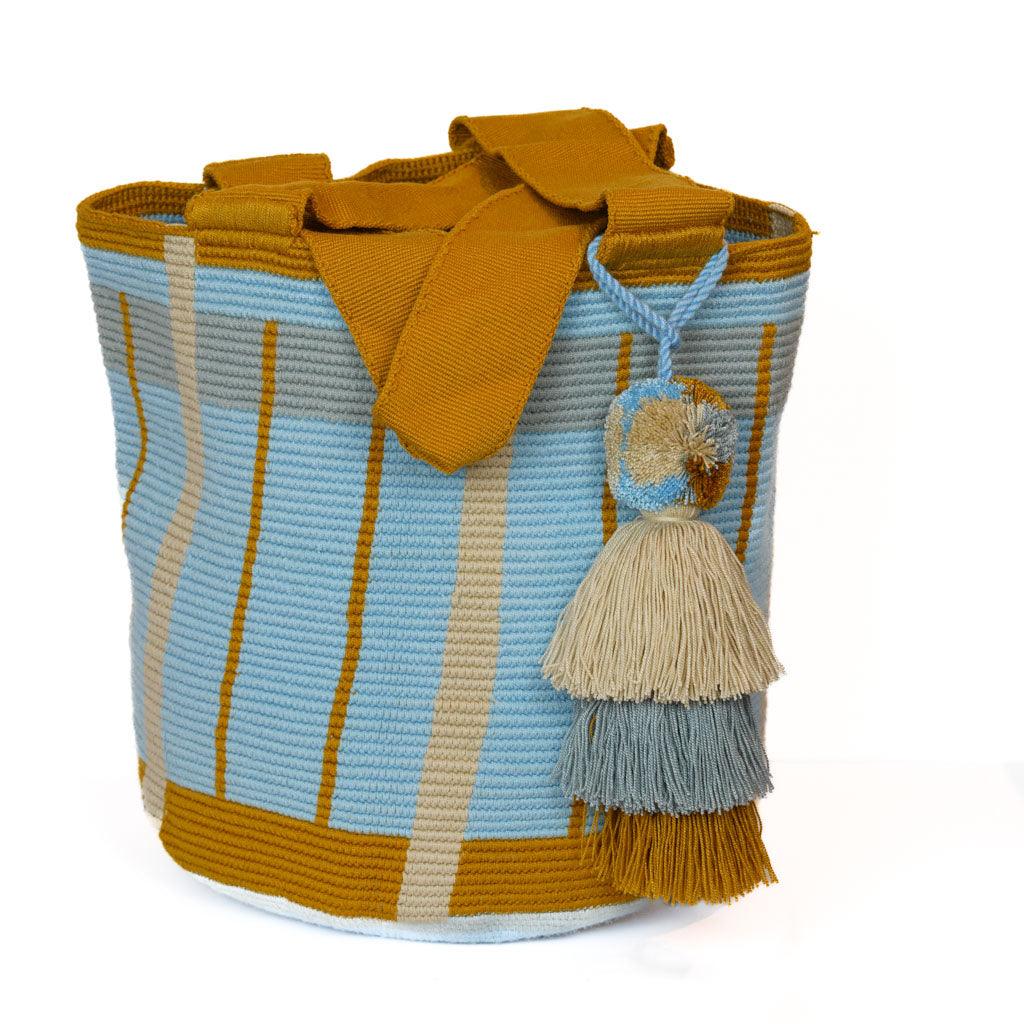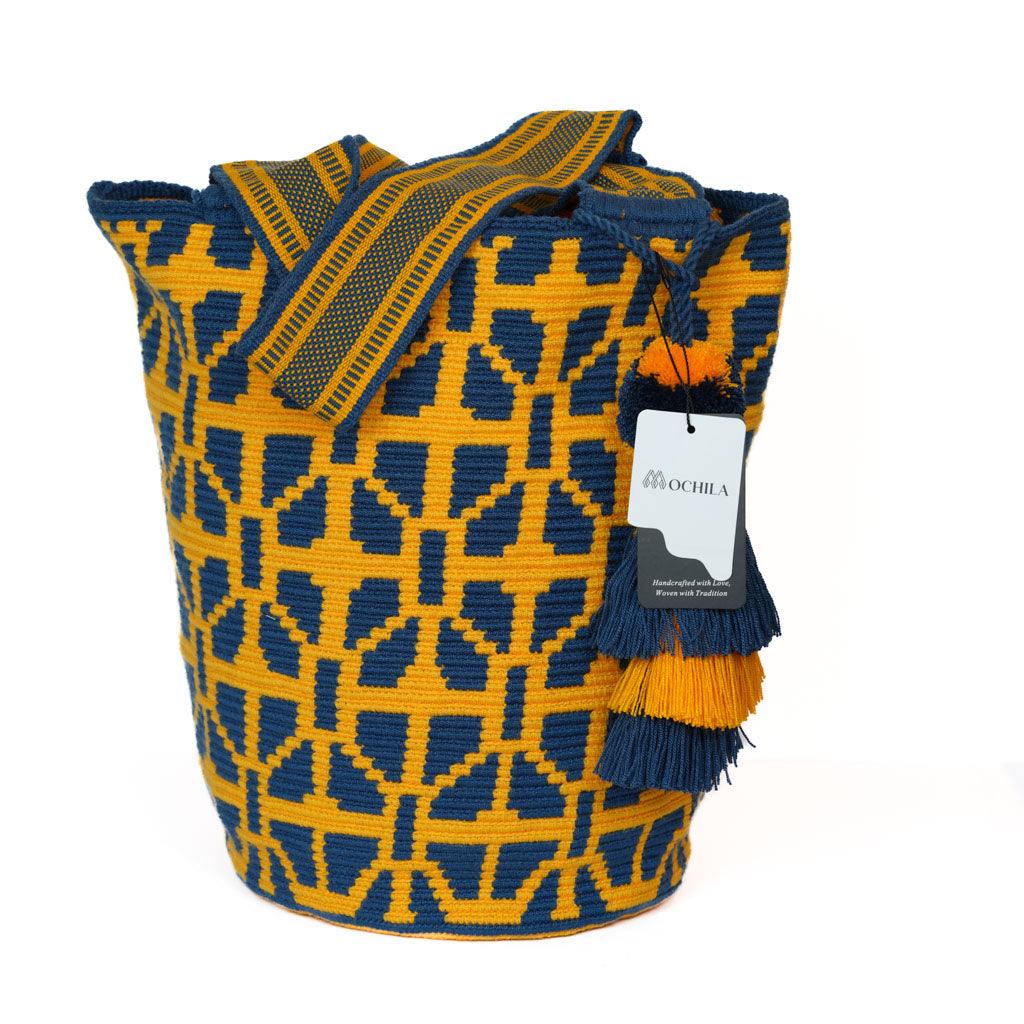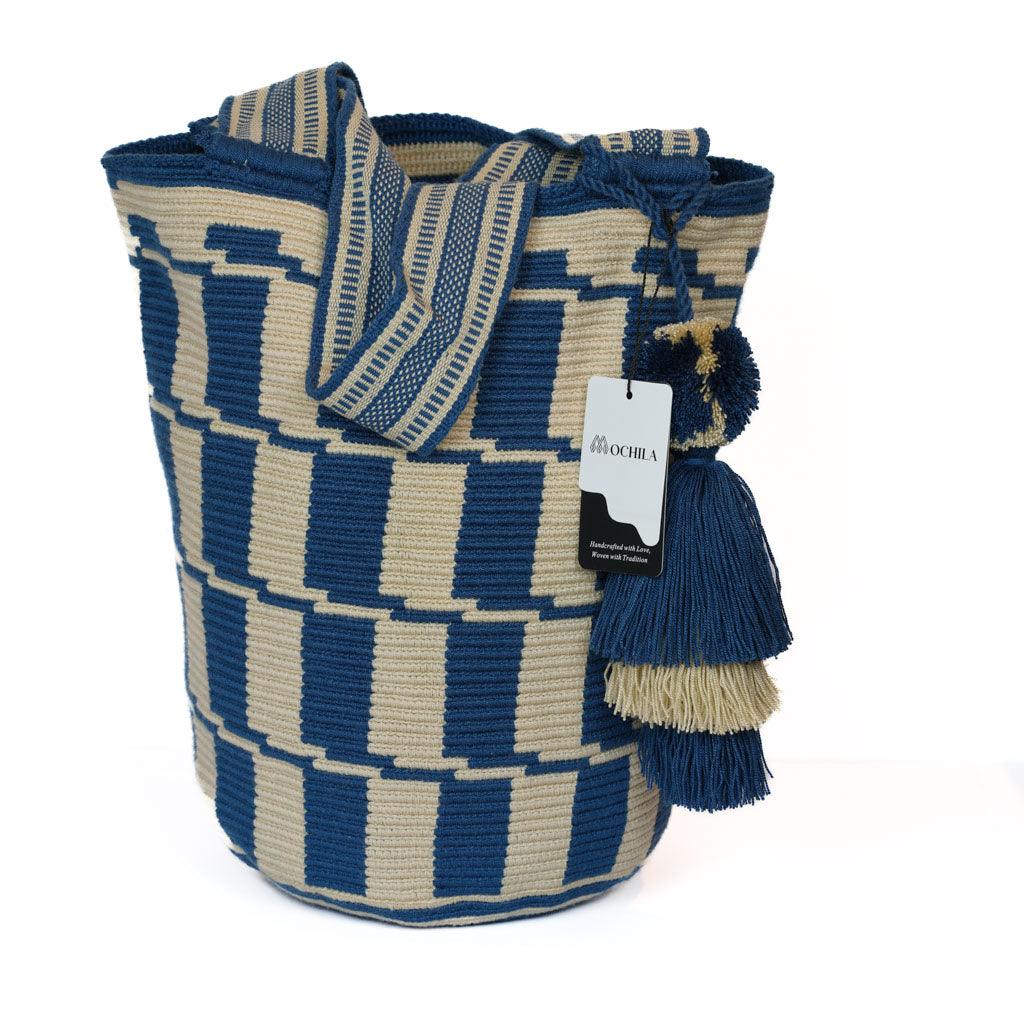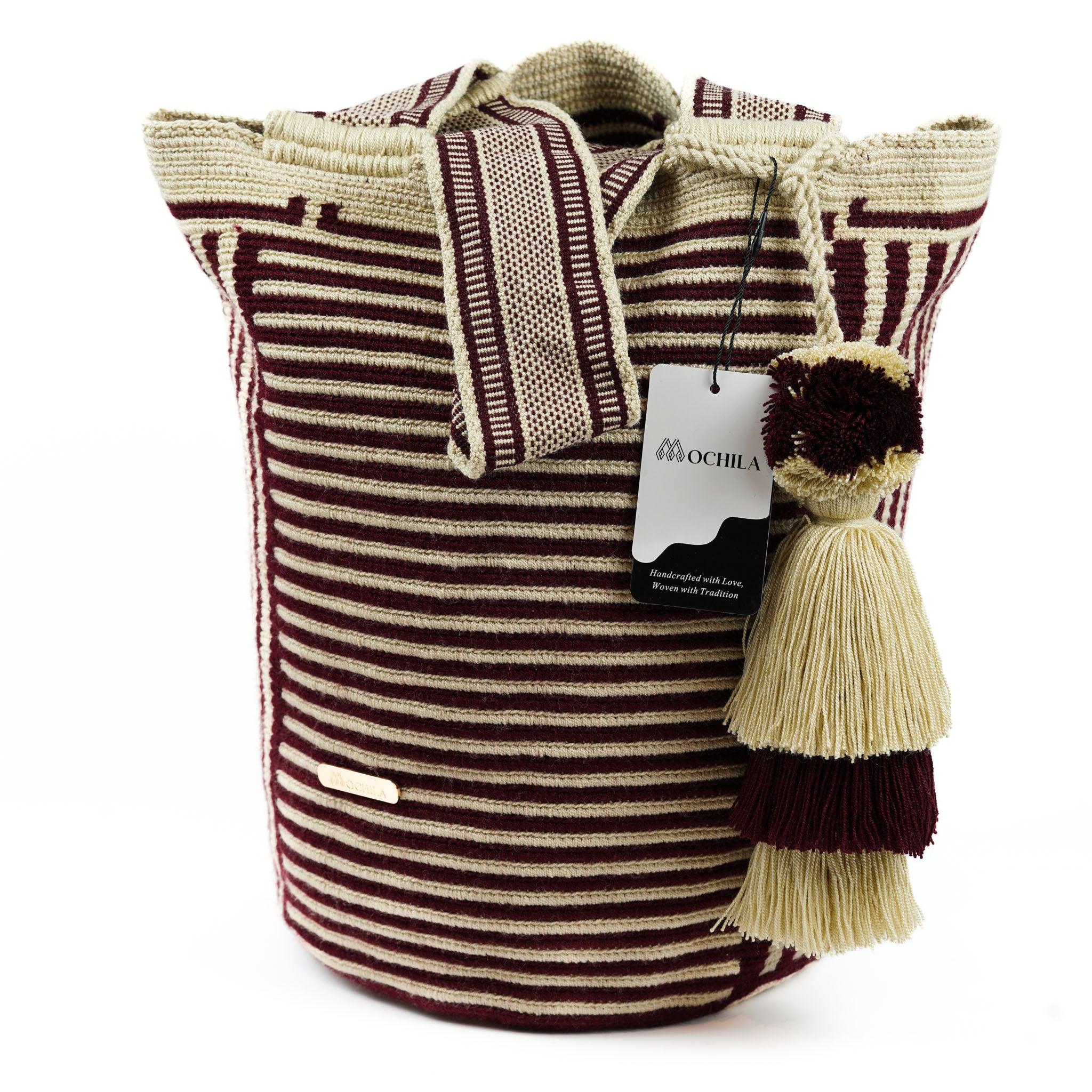Introduction to Crochet Hook Sizes
Understanding crochet hook sizes is an essential part of mastering the craft of crochet. The size of the hook you choose can significantly impact your final product, making it either too tight or too loose, too small or too large. Let's dive into the importance of correct hook sizes and decode the crochet hook size chart.
Importance of Correct Hook Sizes
The correct crochet hook size is crucial for achieving the desired outcome of your crochet project. Using the wrong size can result in your project not fitting correctly or not matching the intended design. For example, if you're creating a hat using a hook size larger than recommended, the hat may end up being too large. On the other hand, using a hook size smaller can result in a tighter stitch, making the hat too small.
By understanding how to determine crochet hook sizes, you can ensure your projects turn out exactly as intended. Whether you're creating a cozy blanket, a stylish scarf, or an adorable amigurumi doll, the right hook size can make all the difference.
Decoding the Crochet Hook Size Chart
Crochet hook sizes can be a bit confusing at first, especially since they are labeled differently in various regions. In the United States, crochet hooks are typically labeled with a combination of letters and numbers (such as H-8 or J-10), while in other parts of the world, hooks are labeled by their diameter in millimeters (such as 5.0mm or 6.0mm).
Here is a simplified crochet hook size chart to help you understand the sizing:
| US Sizes | Metric Sizes (mm) |
|---|---|
| B-1 | 2.25 |
| C-2 | 2.75 |
| D-3 | 3.25 |
| E-4 | 3.50 |
| G-6 | 4.00 |
| 7 | 4.50 |
| H-8 | 5.00 |
| I-9 | 5.50 |
| J-10 | 6.00 |
Remember, the larger the number or letter in the US size, the larger the hook. In contrast, the larger the number in the metric size, the larger the hook.
Gaining a clear understanding of crochet hook sizes is a key step in advancing your crochet skills. It's not just about hooking and stitching, but also about knowing which tools to use to create your masterpieces. For more insights and tips on perfecting your crochet skills, check out our articles on how to crochet stitches and how to crochet for beginners.
Understanding Hook Size
One of the essential aspects of successful crocheting is understanding the correlation between the hook size and the yarn weight, along with the difference between Metric and US Standard hook sizes.
Hook Size and Yarn Weight
Crochet hook size directly affects the size of the stitches and the overall density of the crochet fabric. The size of the crochet hook must correspond to the weight of the yarn you're using. For instance, a finer yarn requires a smaller hook, while a thicker yarn requires a larger hook. This ensures that the stitches are neither too tight nor too loose, providing the correct texture and drape to the finished project.
Here's a basic guide to matching yarn weights with hook sizes:
| Yarn Weight | Recommended Hook Size (US) | Recommended Hook Size (Metric) |
|---|---|---|
| Lace | Steel 6,7,8 / B-1 | 1.6-1.4mm / 2.25mm |
| Super Fine (Sock, Fingering) | B-1 to E-4 | 2.25-3.5mm |
| Fine (Sport, Baby) | E-4 to 7 | 3.5-4.5mm |
| Light (DK, Light Worsted) | 7 to I-9 | 4.5-5.5mm |
| Medium (Worsted, Afghan, Aran) | I-9 to K-10.5 | 5.5-6.5mm |
| Bulky (Chunky, Craft, Rug) | K-10.5 to M-13 | 6.5-9mm |
| Super Bulky | M-13 to Q | 9-15mm |
| Jumbo | Q and larger | 15mm and larger |
Metric and US Standard Hook Sizes
Crochet hook sizes are typically measured in millimeters (Metric) and US standards. US sizes are denoted by a combination of letters (B-Z) and numbers (00-16), while Metric sizes are indicated by a number representing the diameter of the hook in millimeters.
For instance, a hook size of 'H-8' in the US standard is equivalent to a '5mm' hook in the Metric standard. Understanding both systems is crucial, especially when using crochet patterns from different parts of the world.
Here's a basic conversion chart for common crochet hook sizes:
| US Standard Sizes | Metric Sizes |
|---|---|
| B-1 | 2.25mm |
| C-2 | 2.75mm |
| D-3 | 3.25mm |
| E-4 | 3.50mm |
| G-6 | 4.00mm |
| 7 | 4.50mm |
| H-8 | 5.00mm |
| I-9 | 5.50mm |
| J-10 | 6.00mm |
| K-10.5 | 6.50mm |
| L-11 | 8.00mm |
| M/N-13 | 9.00mm |
| N/P-15 | 10.00mm |
| P/Q | 15.00mm |
Knowing how to determine crochet hook sizes and their correlation with yarn weight is fundamental to your crochet journey. Whether you're learning how to crochet for beginners or working on more advanced projects like how to crochet patterns for blankets, understanding crochet hook sizes is a skill that will prove invaluable.
How to Determine Crochet Hook Sizes
Among the crucial considerations in crocheting is understanding how to determine crochet hook sizes. The intricacies of crochet hooks sizes can seem overwhelming at first, but through two straightforward ways, you can easily figure out the appropriate hook size for your project.
Reading the Yarn Label
The most immediate way to determine the size of a crochet hook is by checking the yarn label. Manufacturers typically indicate the recommended hook size for the yarn on the label. This recommendation considers the yarn's thickness and weight, aligning it with an appropriate hook size that will create a standard stitch size.
For example, a worsted weight yarn may recommend a size I (5.5mm) hook, while a bulky yarn may suggest a size K (6.5mm) hook. It's important to remember that these are recommendations and the actual hook size you choose may vary depending on your crochet style or the desired fabric density.
Gauge Swatches and Hook Size
Another practical approach to determining crochet hook size is through creating gauge swatches. A gauge swatch is a small sample piece crocheted using the yarn and hook you plan to use for your project. By measuring the number of stitches and rows in a given area (usually a 4-inch square), you can adjust your hook size as needed to match the pattern's gauge.
If your gauge swatch has fewer stitches per inch than the pattern's gauge, you'll need to use a smaller hook. Conversely, if your gauge swatch has more stitches per inch, you'll need a larger hook.
| Gauge Instructions | Hook Adjustment Needed |
|---|---|
| Fewer stitches per inch | Smaller hook |
| More stitches per inch | Larger hook |
Creating a gauge swatch is particularly important for projects where the size is crucial, such as in how to crochet socks or how to crochet sweater vests. It allows you to adjust your hook size to ensure the final project fits correctly.
Determining the right crochet hook size is a crucial step in the crocheting process, impacting the look, feel, and size of your finished project. By understanding how to read yarn labels and the importance of gauge swatches, you can ensure that you're using the right hook size for your project every time. Remember, having the right tools in crocheting will help you master the skills faster and create beautiful projects with ease.
Different Types of Crochet Hooks
When it comes to crochet, the hook you choose can significantly impact your crafting experience and the final product. Crochet hooks vary in terms of material and shape, each offering unique advantages and influencing the way you create your stitches.
Material Differences
Crochet hooks can be made from various materials, including aluminum, wood, plastic, and bamboo. Each material provides a different feel in the hand and interacts with the yarn in unique ways.
Aluminum hooks are durable, lightweight, and allow the yarn to glide smoothly, making them a popular choice for many crafters.
Wood and bamboo hooks have a warm, organic feel and can provide a better grip on the yarn, preventing it from slipping off the hook. This can be especially helpful for beginners who are still mastering their tension control.
Plastic hooks are typically the lightest and most affordable, making them a good option for those who are just starting their crochet journey or need a large hook for working with bulky yarns.
It's important to note that the material of the hook can impact the size of your stitches. For instance, a slick aluminum hook may create slightly looser stitches compared with a wooden hook of the same size. Therefore, always remember to check your gauge, especially when switching between hooks of different materials.
Shape Differences
Crochet hooks also come in different shapes, particularly in terms of the hook's throat and handle.
The throat of the hook can be inline or tapered. Inline hooks have a consistent diameter along the length of the shaft and a sharper angle into the hook, creating a more rectangular shape. Tapered hooks, on the other hand, gradually narrow towards the hook, resulting in a more pointed tip and rounded throat.
The shape of the handle can also vary, with some hooks having flat spots for better grip or ergonomic designs to reduce hand fatigue. A comfortable handle can make a big difference in your crochet experience, especially during long crafting sessions.
Remember, there is no "one size fits all" when it comes to crochet hooks. The best hook for you depends on your personal crochet style, the yarn you're using, and the project you're working on. Experiment with different types to find the one that feels most comfortable in your hand and gives you the best results. Check out our articles on how to crochet for more information on getting started with crochet.
Common Misconceptions About Crochet Hook Sizes
In the world of crochet, there are several myths and misconceptions surrounding the topic of crochet hook sizes. Understanding the truth behind these misconceptions can help you make more informed decisions about how to determine crochet hook sizes for your projects.
Bigger Hook, Bigger Stitches?
A common belief among beginner crocheters is that a bigger crochet hook will automatically result in bigger stitches. While it's true that a larger hook can create a larger space in the stitch, the actual size of the stitch is determined by several factors. These include the thickness of the yarn, the tension of the yarn, and the crocheter's personal technique.
For instance, a loose crocheter might create larger stitches with a smaller hook than a tight crocheter would with a larger hook. Therefore, it's crucial to understand that the hook size is not the only factor that influences the size of your stitches.
Does Hook Size Affect Project Size?
Another misconception is that the size of the crochet hook directly affects the size of the finished project. While the hook size does play a role in determining the project's size, it is not the sole determining factor.
The size of the project is more directly impacted by the number of stitches and rows or rounds in the pattern. A larger hook may create a larger stitch, but it doesn't necessarily mean that the overall size of the project will be larger.
For instance, if you're working on a pattern that requires a specific number of stitches and rows, using a larger hook might make your project larger, but it could also throw off the proportions and overall look of the pattern. Conversely, using a smaller hook might make your project smaller, but it might also make the fabric denser and stiffer than you'd like.
There's no one-size-fits-all approach when it comes to choosing the right hook size for your project. It's important to experiment, make swatches, and adjust your hook size as needed to achieve the desired results. For more information on how to choose the right hook for your project, check out our guide on how to crochet.
Tips for Choosing the Right Crochet Hook Size
Understanding how to determine crochet hook sizes is pivotal in achieving satisfactory results in crochet projects. Choosing the correct hook size can significantly impact your stitches, the overall look of your project, and even the enjoyment of your crocheting process.
Assessing Your Crochet Style
The first step towards selecting the right crochet hook size is to understand your own crocheting style. Some crochet enthusiasts tend to work more tightly, producing compact, small stitches, while others have a looser style, resulting in larger, more relaxed stitches.
Those who crochet tightly might need to use a larger hook size than recommended for a specific yarn weight to achieve the correct gauge. Conversely, those who crochet more loosely might need a smaller hook size. Understanding your unique crocheting style will guide you towards the most suitable hook size for your projects.
Test Swatches and Adjustments
Creating a test swatch is another effective strategy to determine the right crochet hook size. A swatch is a small sample of your work that reflects how your finished project will look and feel.
To create a swatch, crochet a square of about 10 x 10 cm (or 4 x 4 inches) using the hook size recommended on the yarn label. Once done, measure the number of stitches and rows in your swatch and compare it with the gauge specified in your pattern. Your gauge refers to the number of stitches and rows per inch (or centimeter).
If you have more stitches per inch than specified in the pattern, try using a larger hook and make another swatch. If you have fewer stitches per inch, try a smaller hook. This process of adjusting and testing will help you find the perfect hook size for your project.
Remember, every crochet project is different, and what works for one might not work for another. Whether you're creating a cozy blanket, a stylish hat, or a cute amigurumi doll, the key is to remain flexible and open to adjustments.
Selecting the right crochet hook size might require a little trial and error, but the effort will undoubtedly pay off in the success of your finished projects. Happy crocheting!

